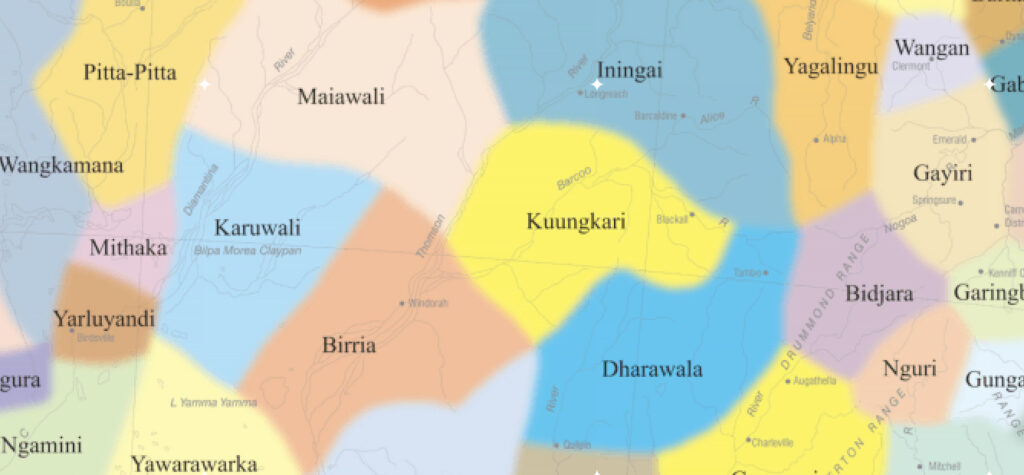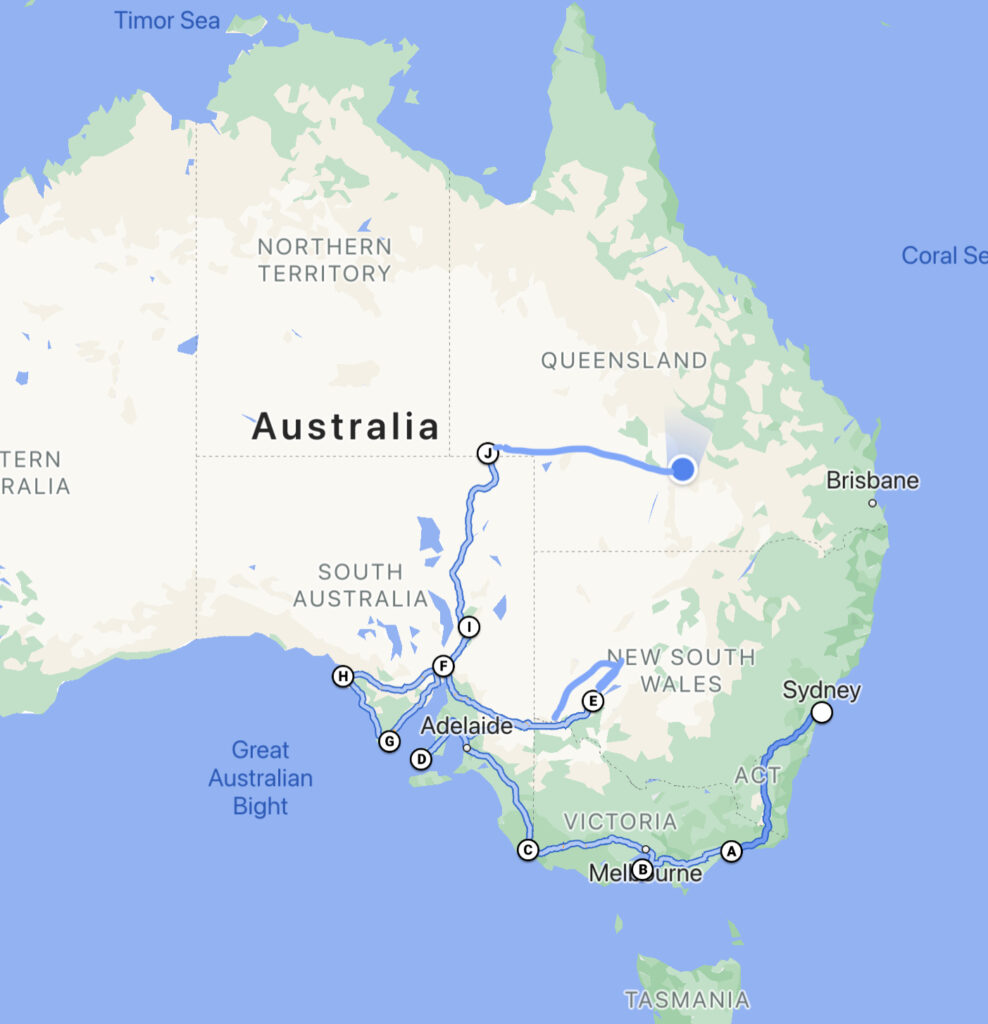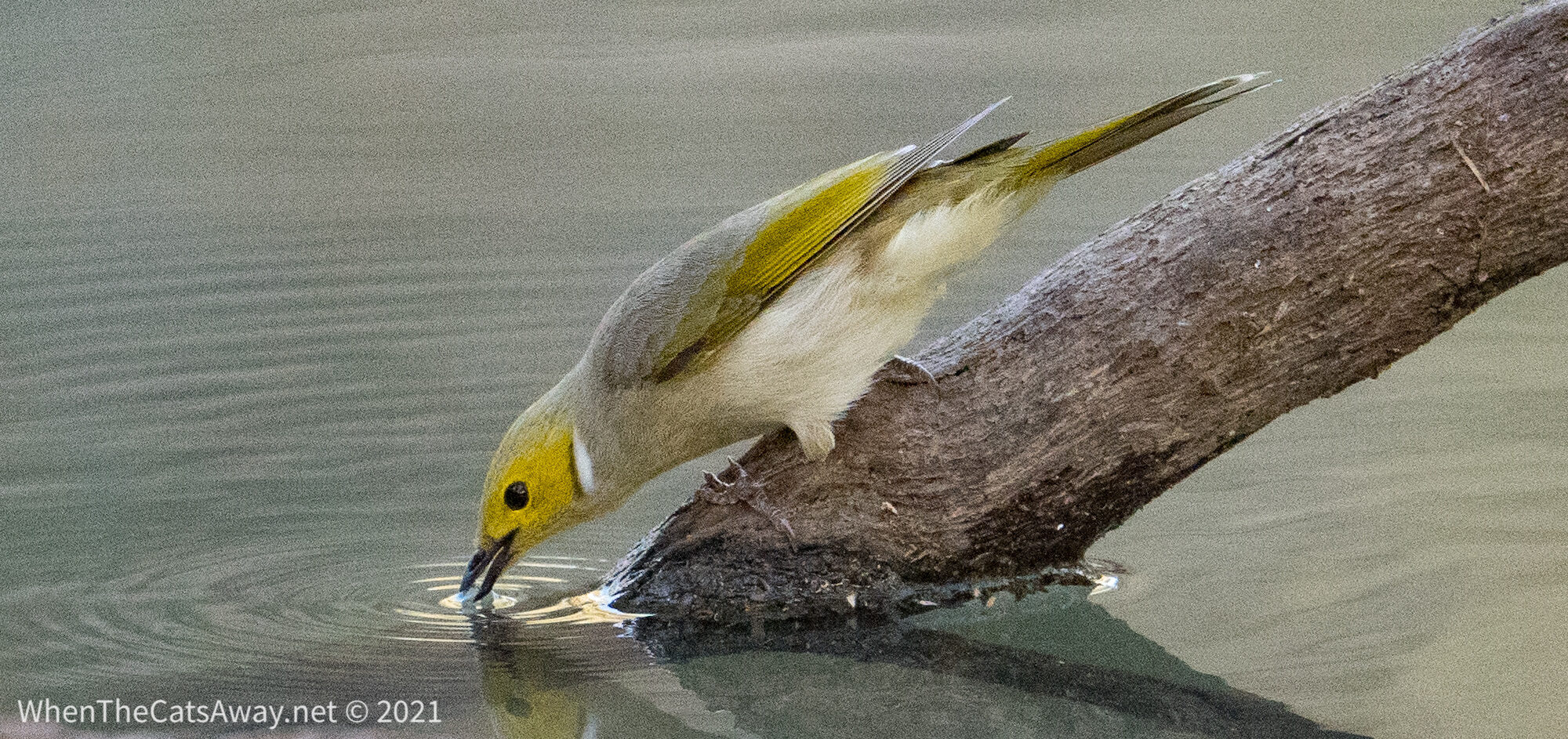Author: Mrs A
Location: Travelling from Birdsville to Charleville, Queensland, Australia
Farewelling Birdsville we turned on to the imaginatively named Birdsville and Diamantina Developmental Roads and pointed ourselves east. Over the next couple of days we were making our way across to Charleville, pretty much half way to the coast of Queensland.
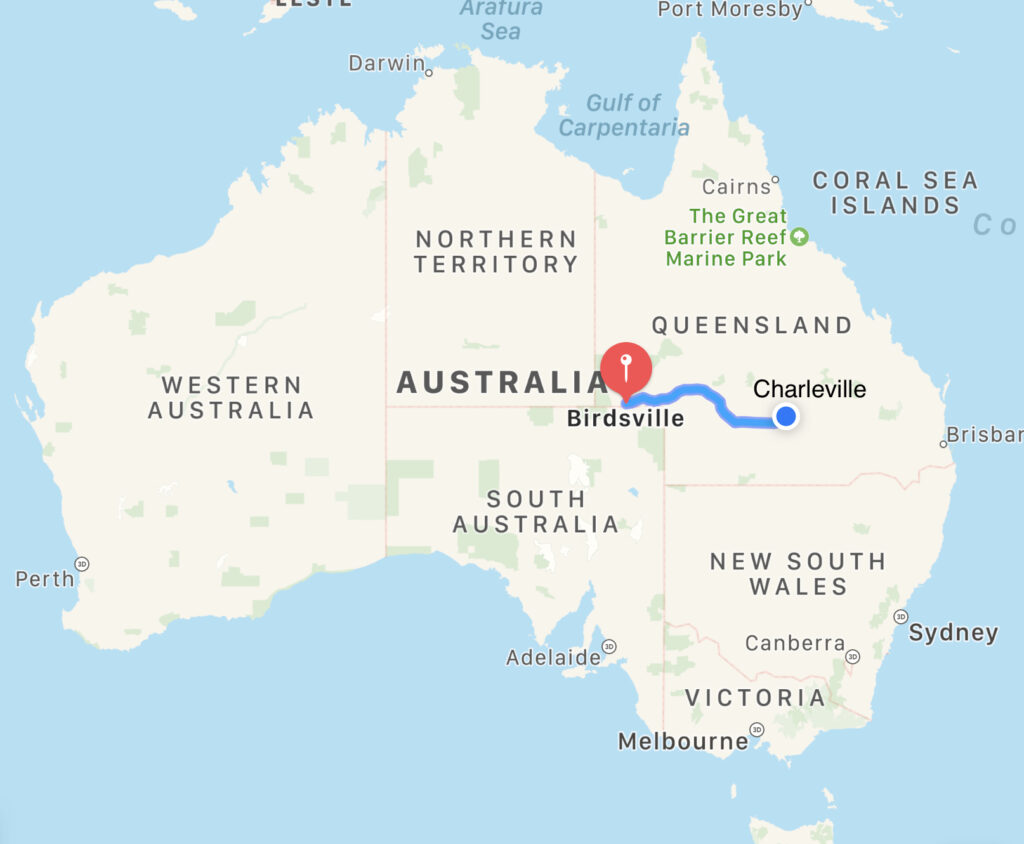
Much of the journey was along graded gravel road, with occasionally a stretch of single lane tarmac for good measure. Our first day’s driving took us across the outer reaches of the Sturt Stony Desert and Strzelecki Desert into what is known as Channel Country, so named for the numerous creeks and rivers (often dry) which intertwine across the region.
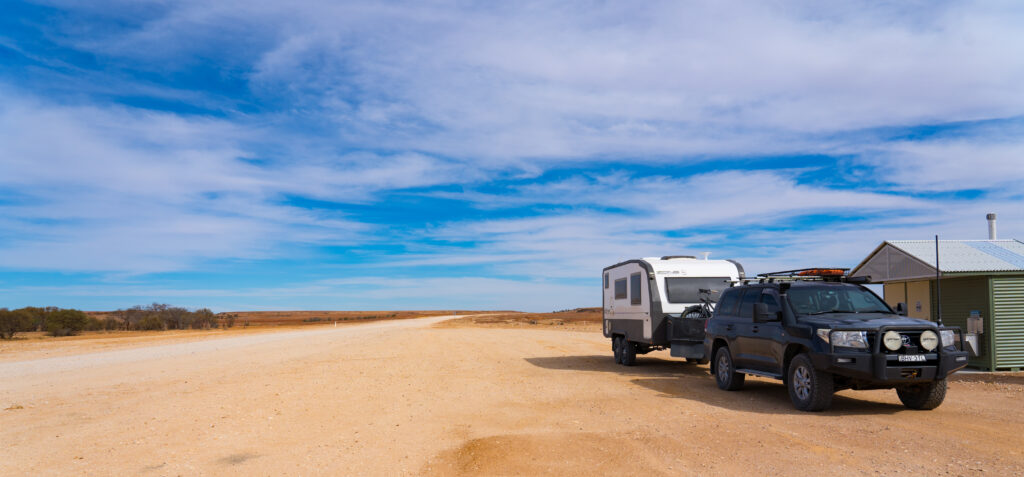
The landscape is largely featureless and flat, stretching across to the horizon. The morning we left there were strong winds which whistled across the desert, nothing to stop the dust flying. As it was a head wind it made driving a challenge too – the Land Cruiser certainly ate up the fuel.
There are occasional rest areas, sometimes with picnic tables and toilets, a chance to break up the monotony of the journey. Mid afternoon we saw a slight uplift on the side of the road, decorated with a giant serpent. The Dreamtime Serpent is an important figure in the Aboriginal creation story, representing the mythological serpent which joined all the waterways throughout Mithaka Country. This artwork had been created with different coloured gravel and gibbers from across the region.
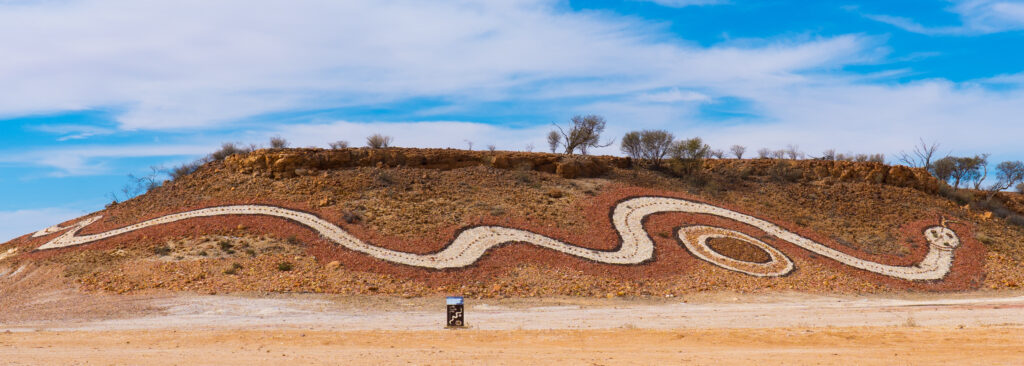
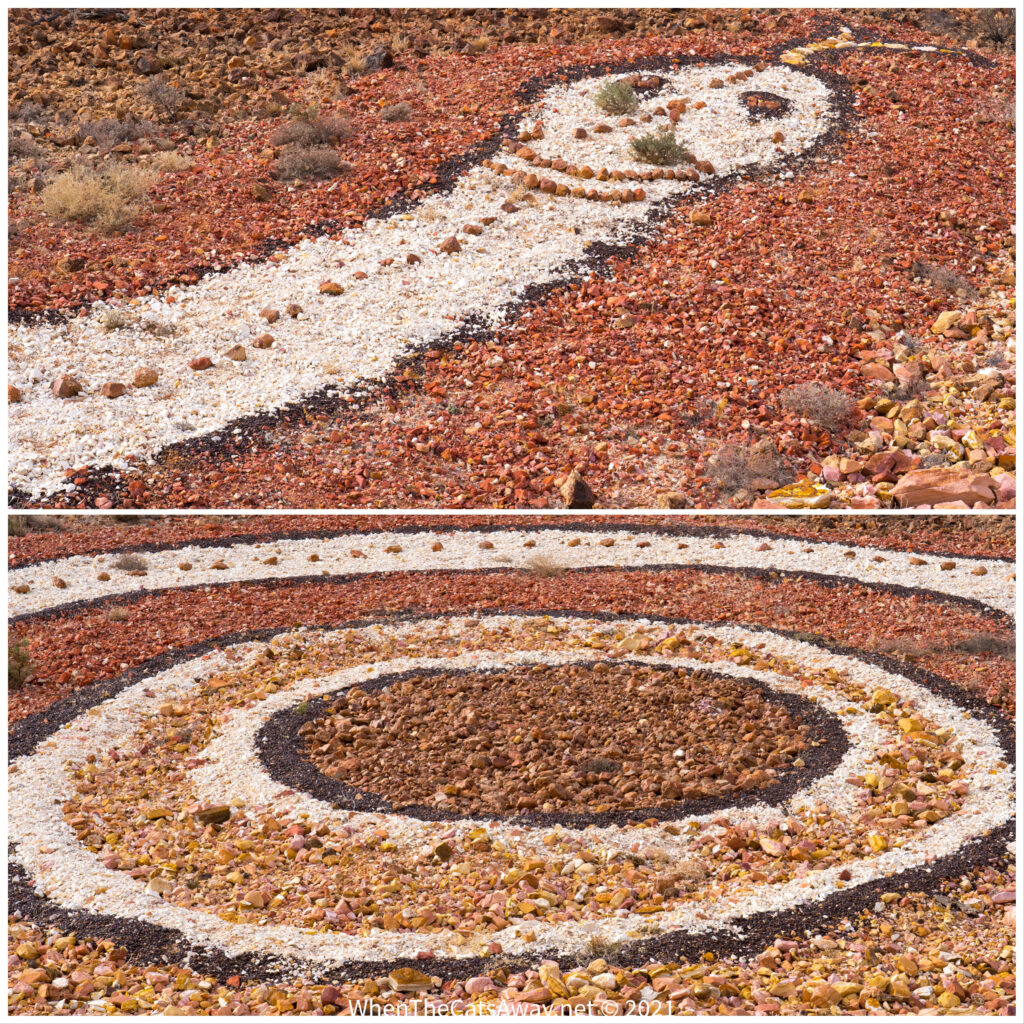
As we continued on through the afternoon, hills became more frequent, and we pulled over at this bizarre sign directing us to the ‘Hole through Mount Henderson’. There is a walk up to a lookout up on top of this, but the sun was getting low in the sky and we still had to reach Windorah for the night.
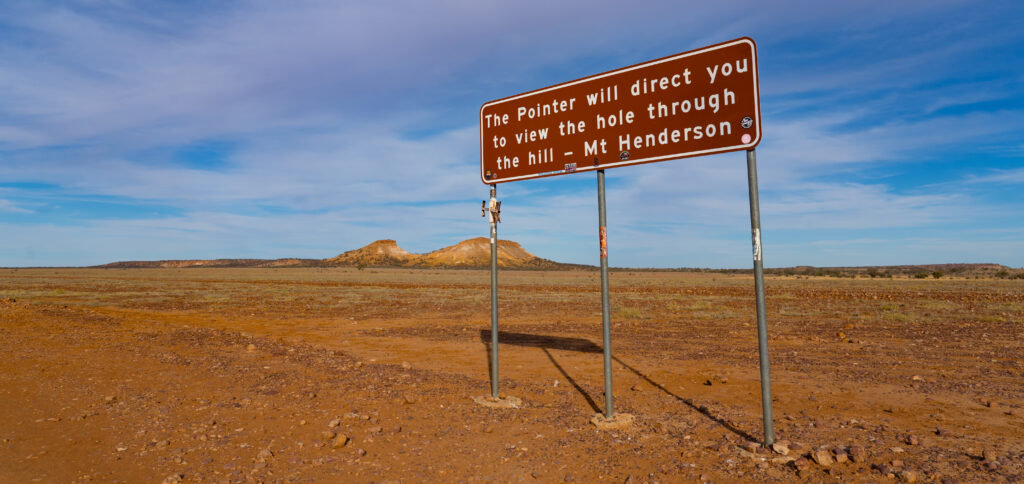
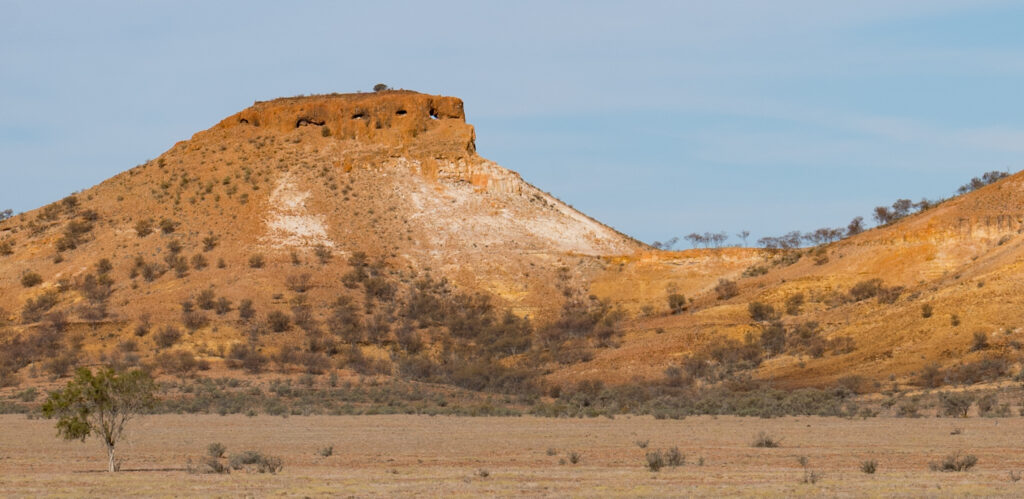
It was at this point the single track of tarmac became continuous, and we knew it wasn’t far to Windorah. There we pulled up on a field behind the pub, donating $10 to the Flying Doctors to park there the night.
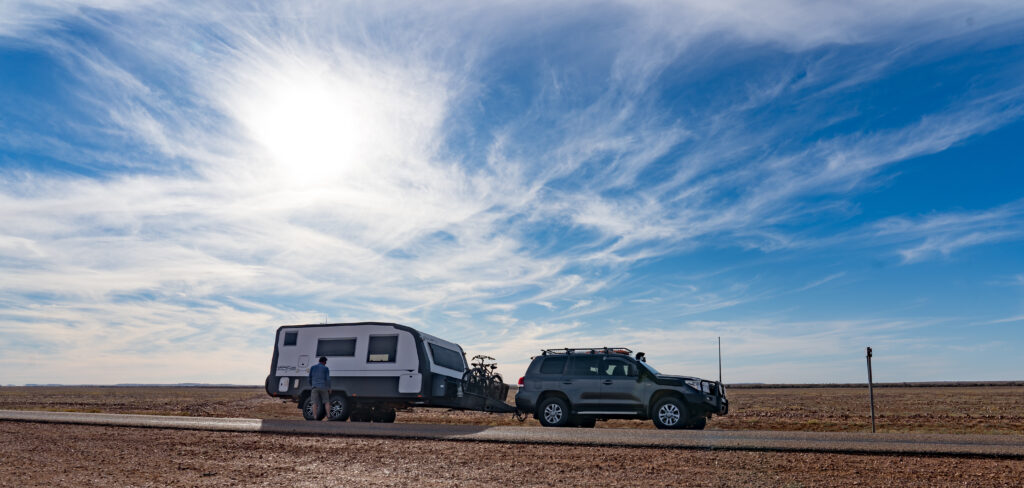
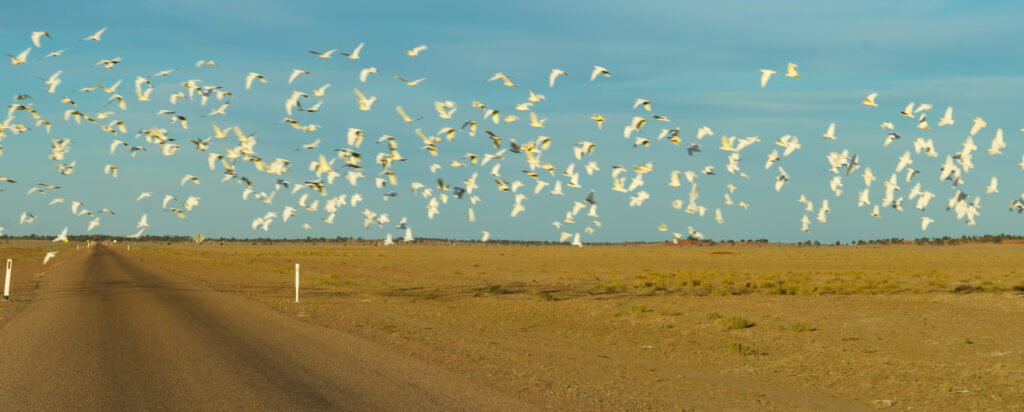
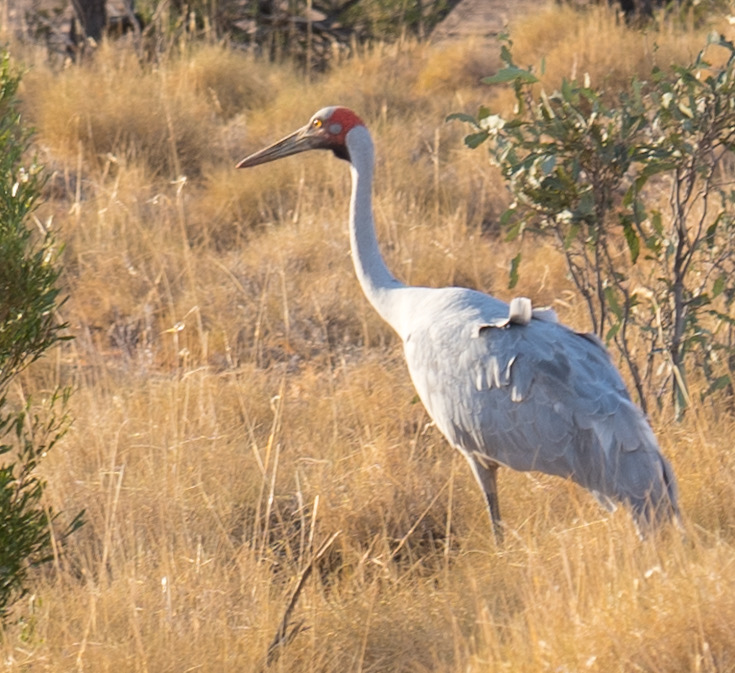
The following morning (Saturday) we pumped our tyres back up and gave the car and van a good wash with a high pressure hose just outside Windorah. We know it is going to get dusty again, but hopefully slightly less than the past couple of days have been.
We actually passed through Windorah and Cooper Creek when we very first started our big trip – four years ago in 2017! We reflected on how much more comfortable we are now travelling, feeling less stress towing and parking up. We have learned a lot in that time.
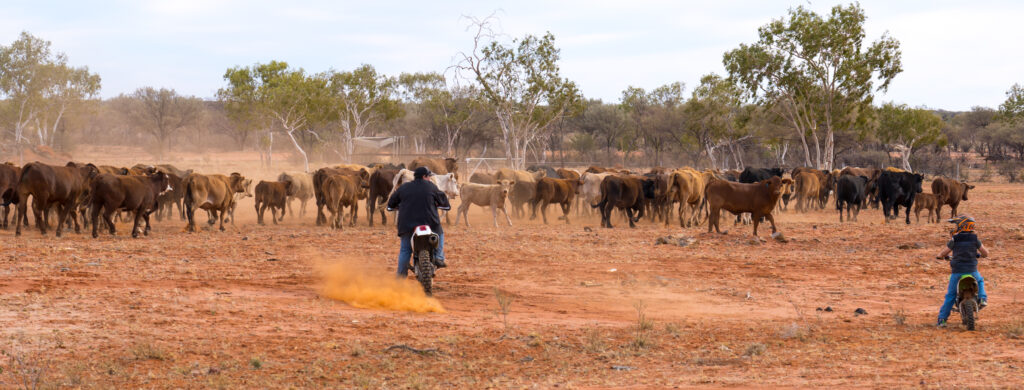
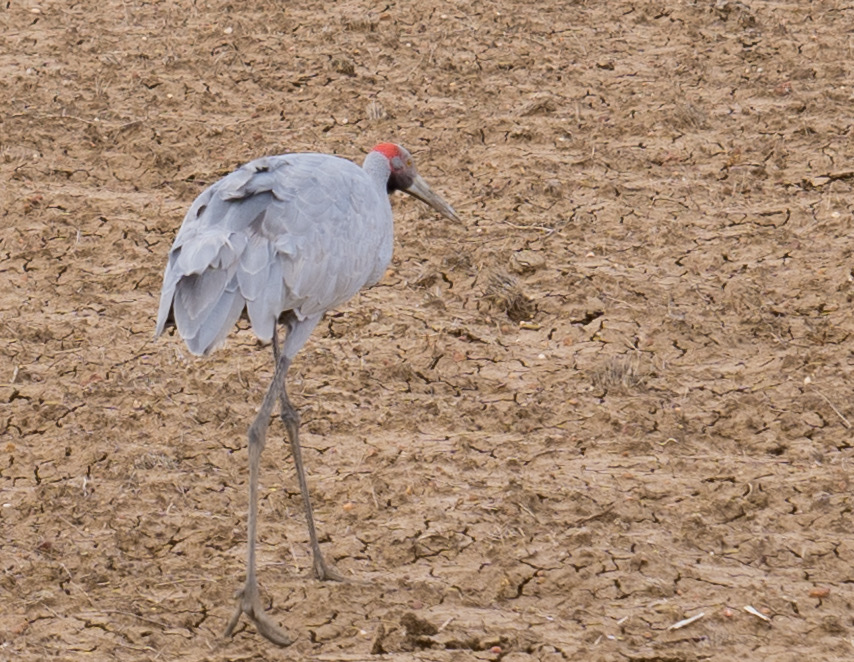
The landscape started to change as we progressed, the small drought tolerant shrubs changing to small trees, then larger trees, paddocks full of dry grasses and more undulating hills on the horizon. We called in for a lunchtime break at a rest area beside a creek (with actual water in it!) I had read was good for spotting birds. It gave us a chance to stretch our legs and think about something other than driving. We saw quite a number of birds, including flocks of budgerigars flying past, Mallee Ringneck Parrots, a White-necked Heron and more.
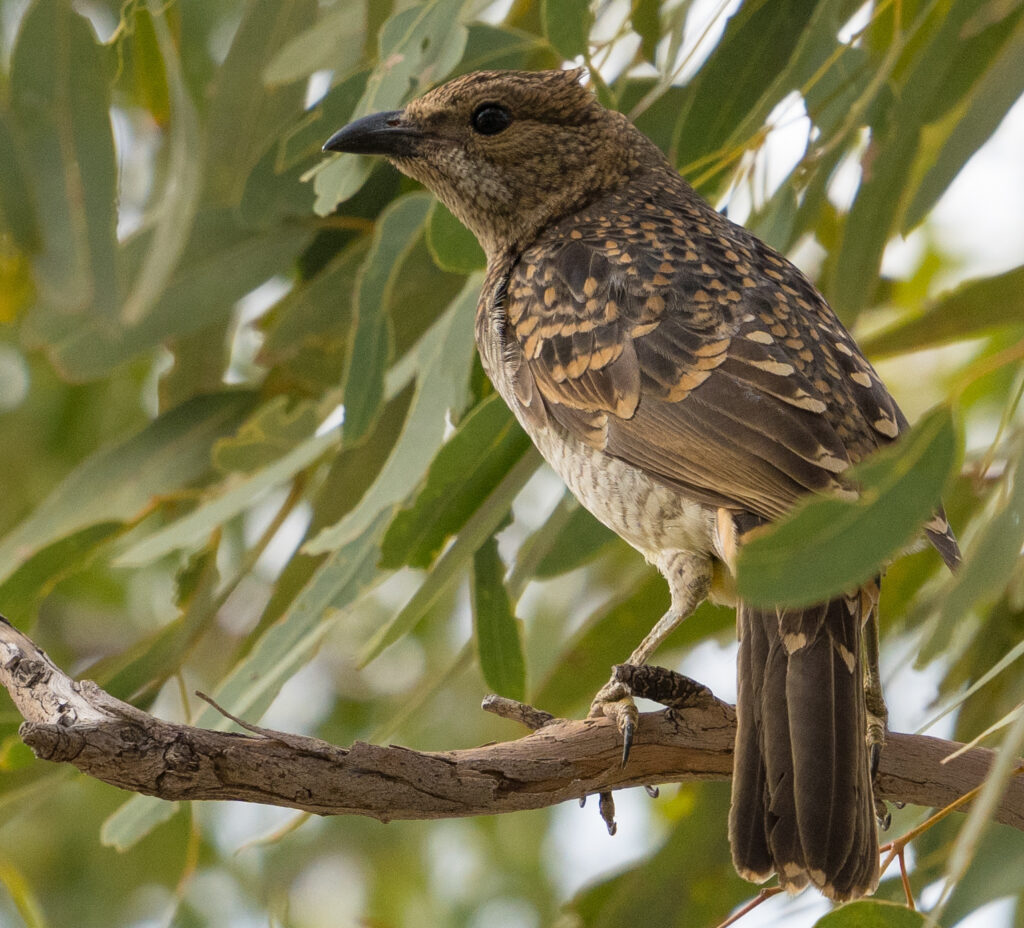
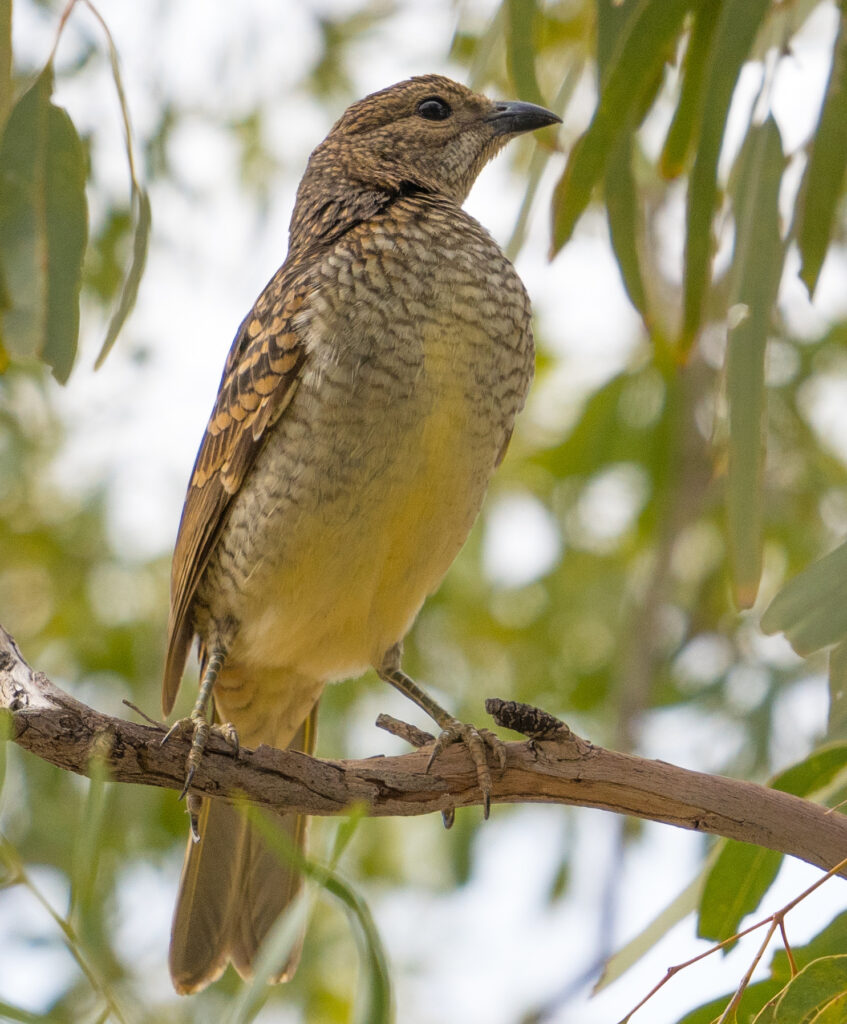
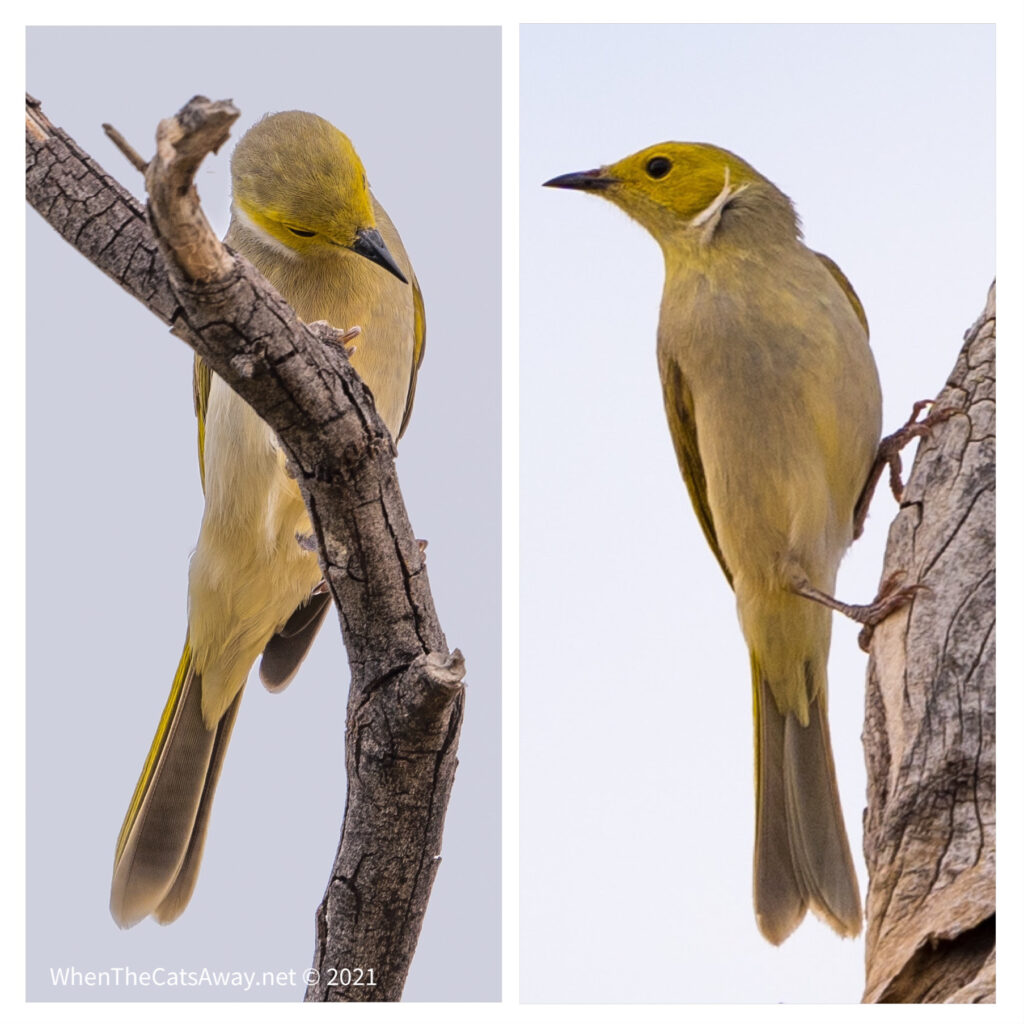
Another roadside rest area just outside the small town of Quilpie was our camp for the night.
The journey continued on Sunday morning, with just a few hours’ driving this time to our destination of Charleville. We stopped at a ‘Ghost town’ called Cooladie for lunch on our way over, which gave a chance for some more bird spotting before we settled in for an afternoon of washing.
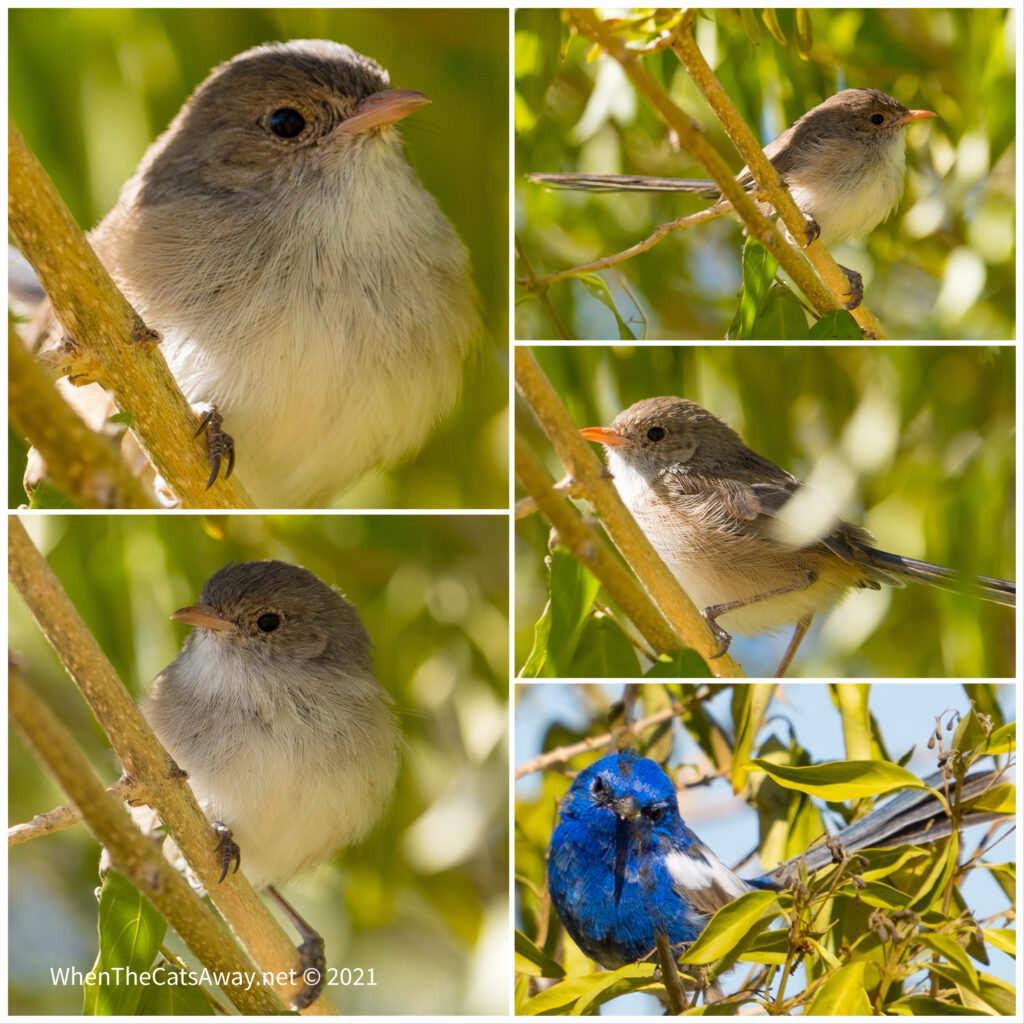
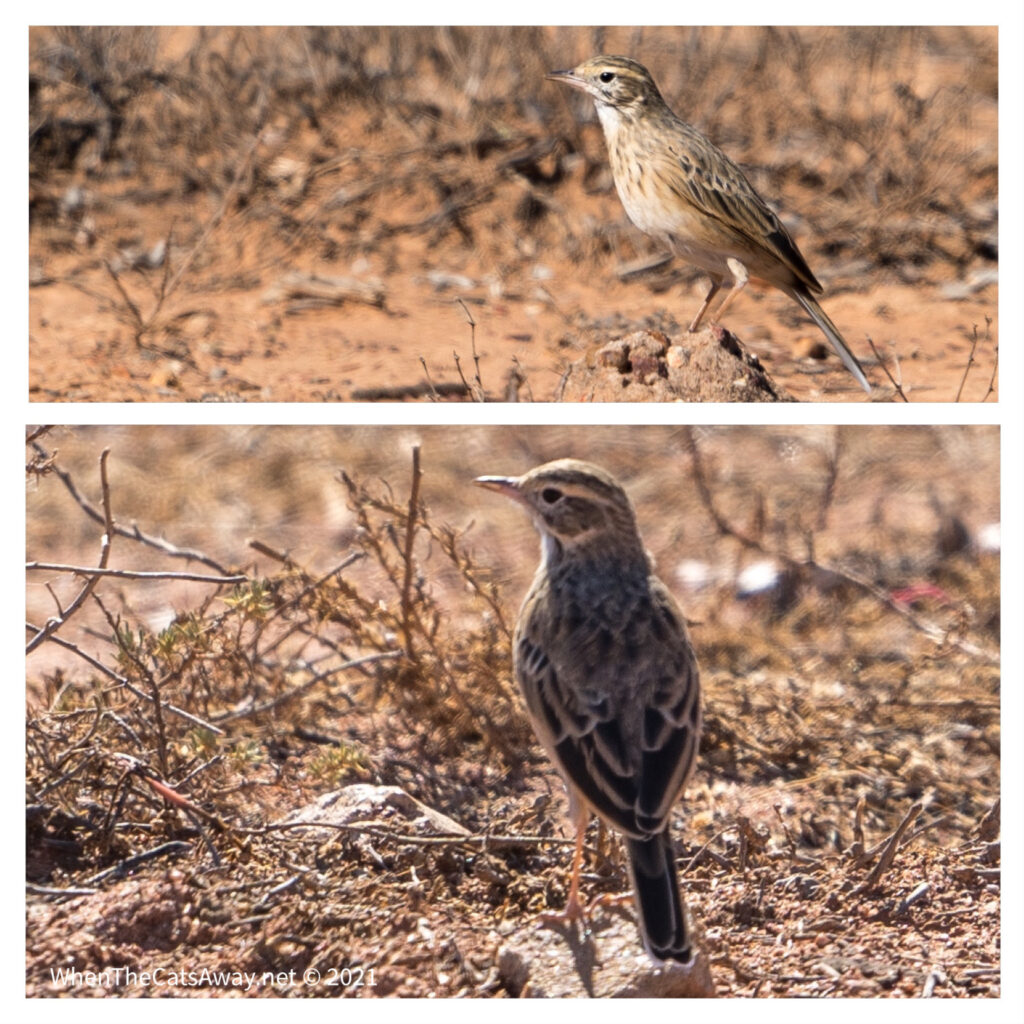
Cooladdi was originally a railhead for the local pastoral community. At one time, Cooladdi had a school, post office, and police station with a population of about 270 people. As the railway line extended further west, Cooladdi’s role and population declined. There is little evidence of a town (let alone a ghost!) today, no more than a few wooden floors and a cairn marking the town centre.
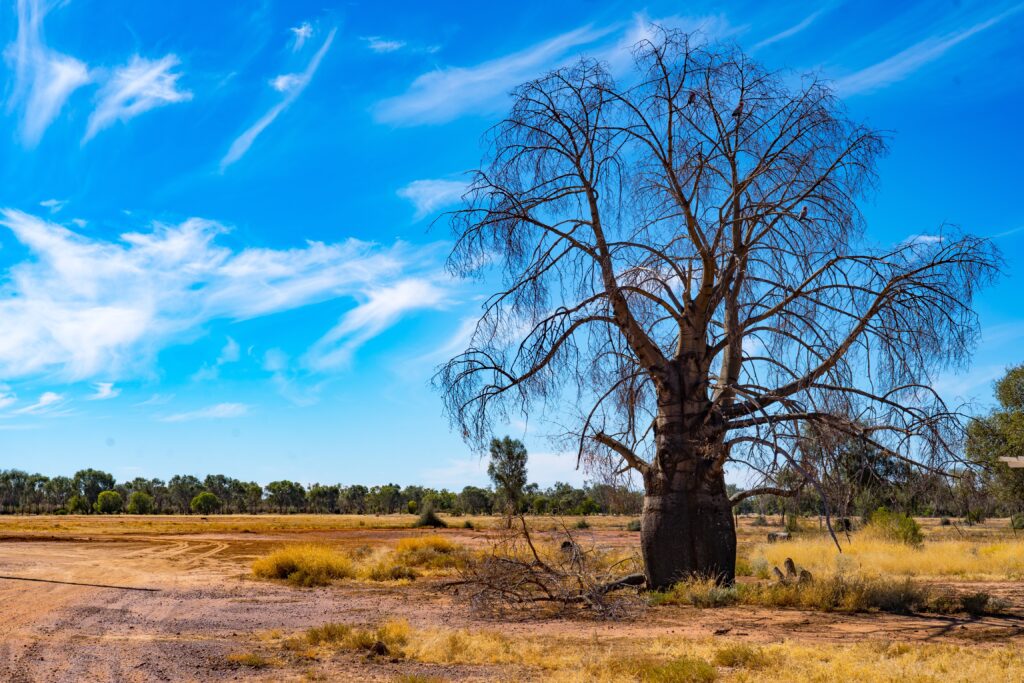
It was only a short while further to our destination for the coming few days, Charleville.
Charleville is a small town located on the Warrego River. Its traditional First Nation custodians are the Bidjara People who historically lived all along the river banks. These people are still an important part of the Charleville society. As of 1980 the Bidjara language was almost extinct, with only 20 elders speaking it in communities along the length of the river. It has now been revitalised and is now being taught in schools.
The settlement built up during the mid 1800s as a service centre for pastoralists across this region. While slightly smaller these days it is no less important, with its hospital serving as the primary medical centre for the whole region. If you get sick in Birdsville, a 2-3 day drive away, it is likely you will be flown to Charleville for your treatment via the Royal Flying Doctor Service. This service is absolutely essential for residents living in remote areas and means we no longer see the high death rates seen prior to the launch of the service in 1917.
After a morning exploring the small town, the hospital was where Mark and I found ourselves on Monday afternoon, for our pre-booked Covid-19 first vaccination. We are very keen to continue our travels around the world and believe being vaccinated is our first step to being able to do this.
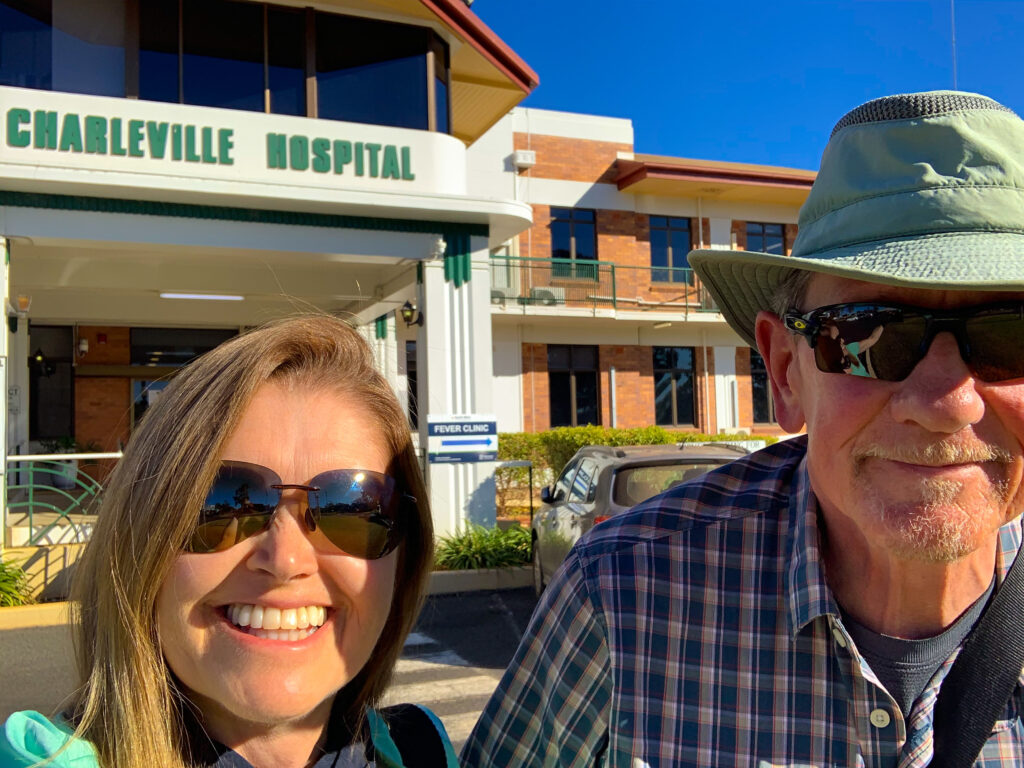
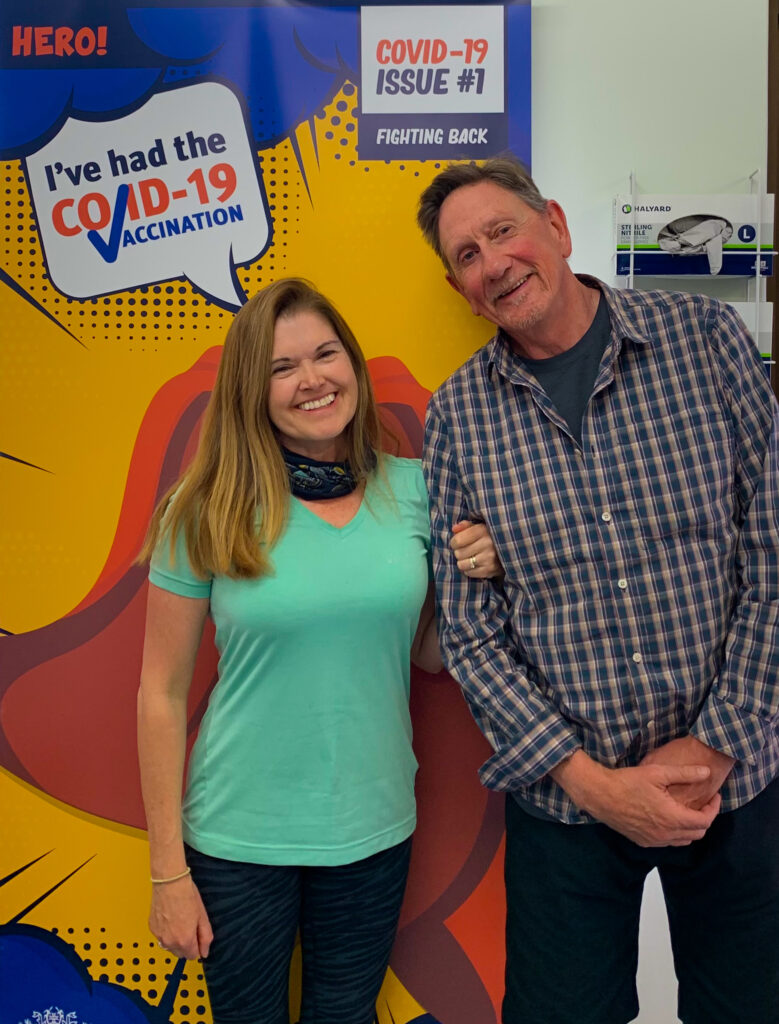
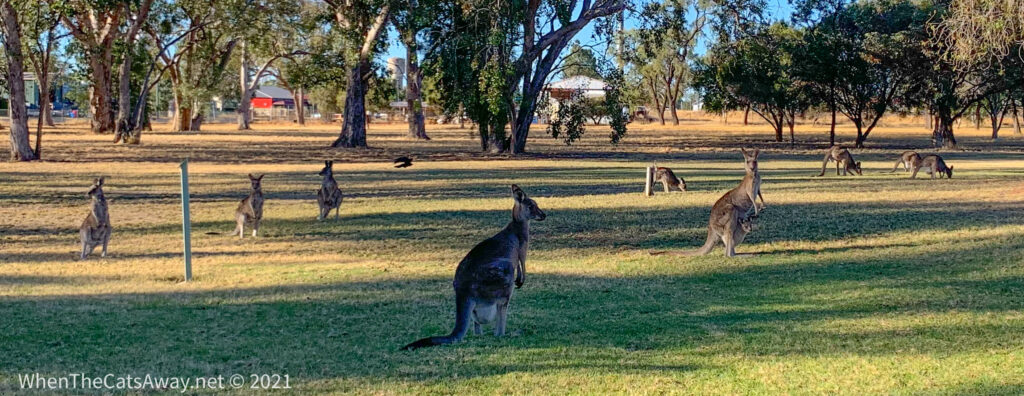
We went out to dinner at the local Thai restaurant (with a Vietnamese chef!) to celebrate.
We have spent some time exploring the various parklands and riverside walks for birds of course. Mark has a new tool in his bird watching kit – a spotting scope. It is like a telescope you put on a tripod and can see birds in incredible clarity up to about half a kilometre away. It is like watching a live nature documentary unfold in front of your eyes, just amazing. He has bought an adapter to allow him to take photographs on his phone though the scope. I am certain he will soon be complementing my camera photography.
On the Warrego River Walk we felt very privileged to see a pair of Pale-headed Rosellas feeding their hungry family – just metres from people out for their afternoon stroll or jog. A few trees back I heard a call I recognised from my childhood, and up in the trees behind us was a flock of Cockatiels, their yellow faces and rosy red cheeks looking so familiar. I much prefer to see them flying through the treetops than captive in a cage.
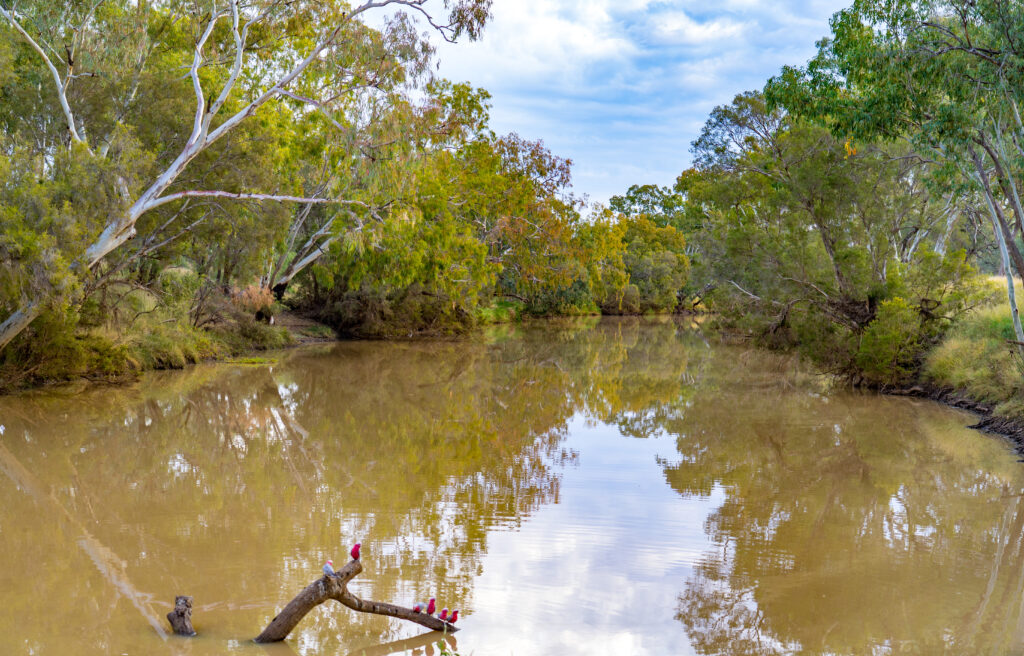
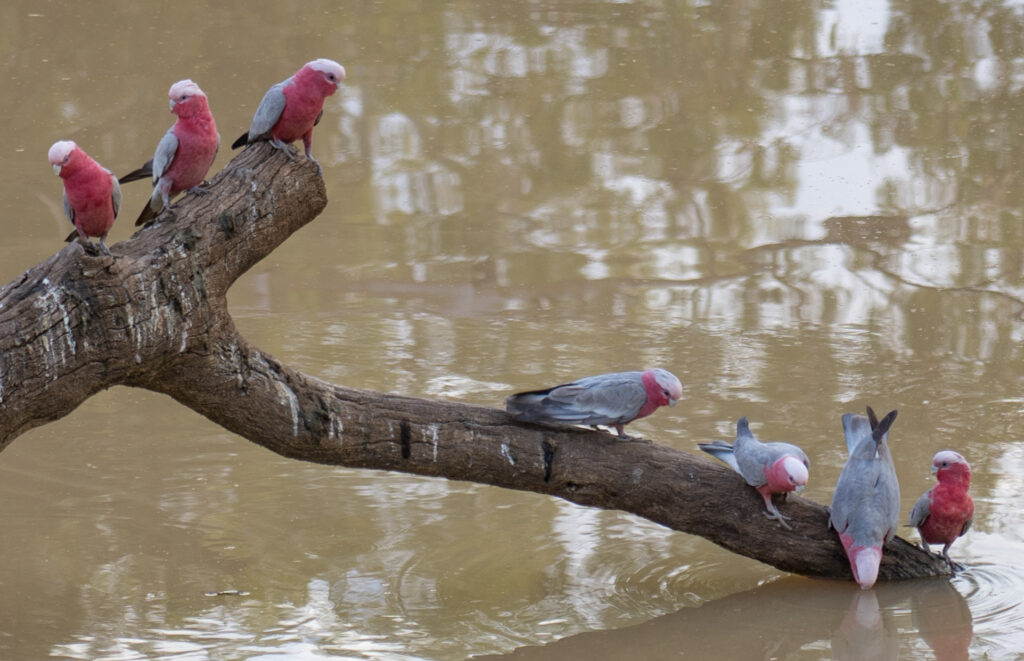
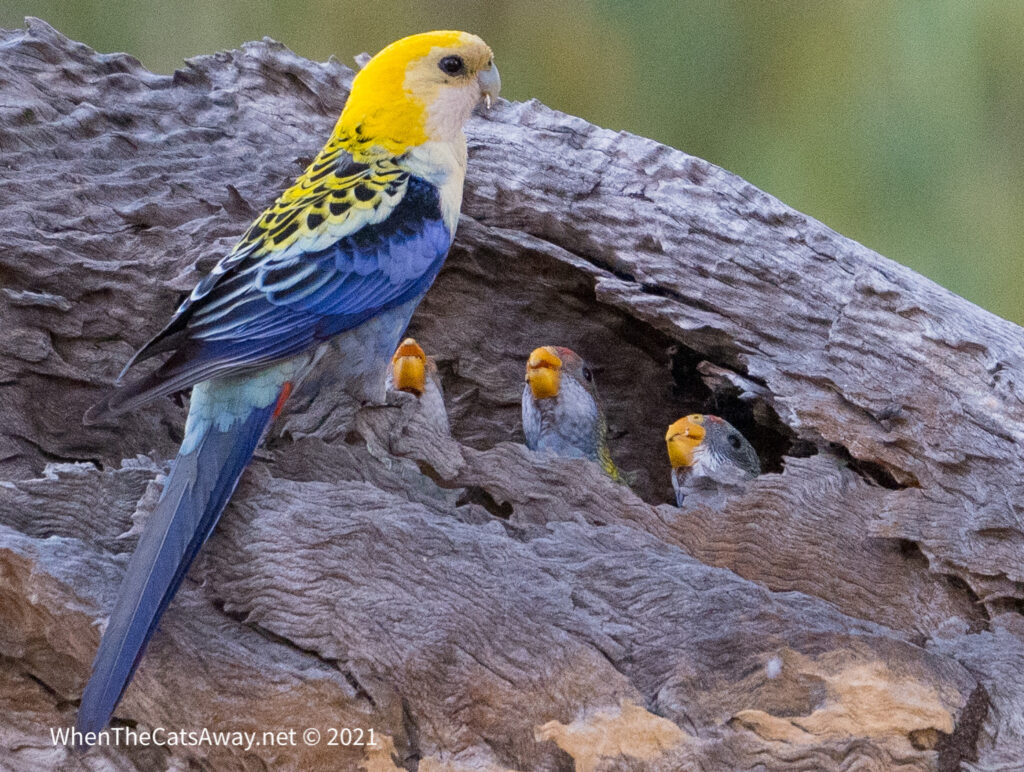
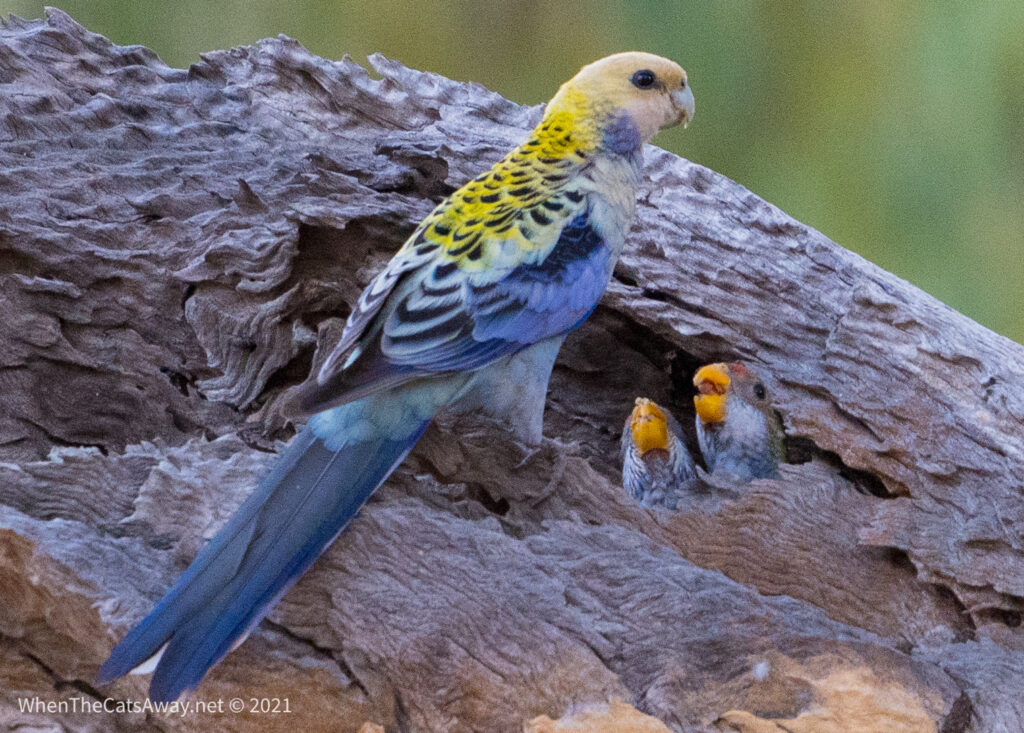
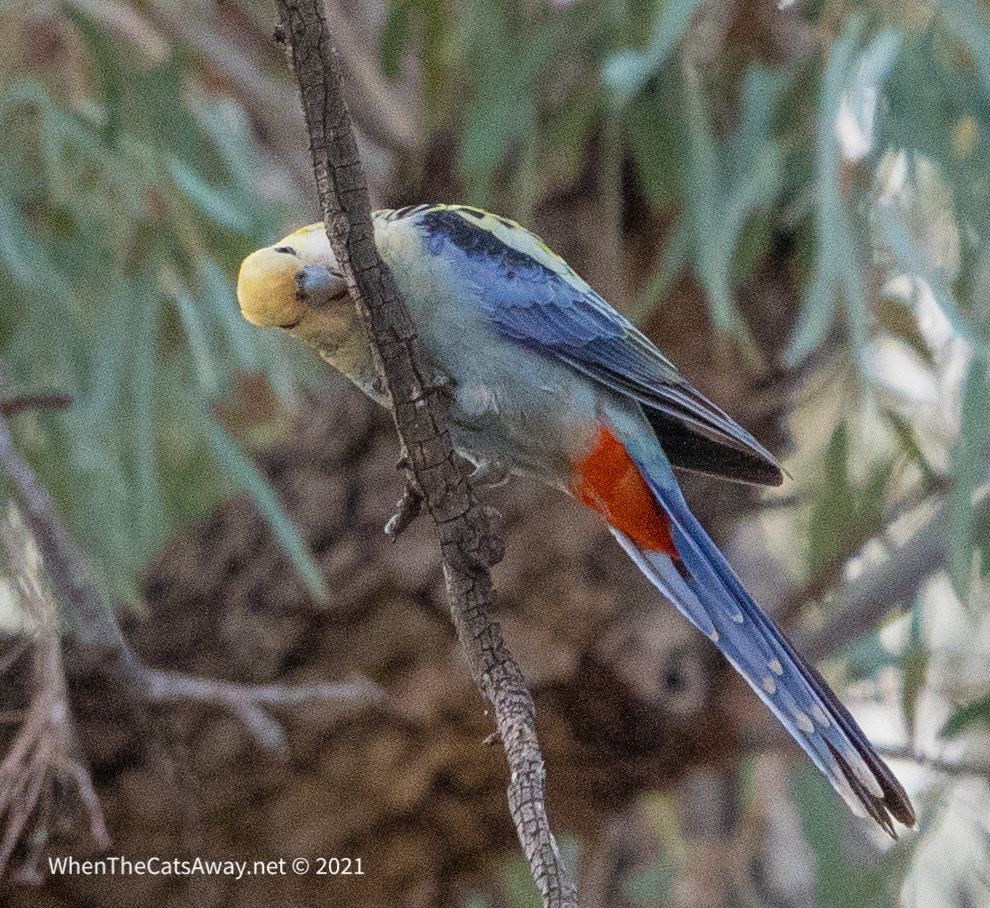
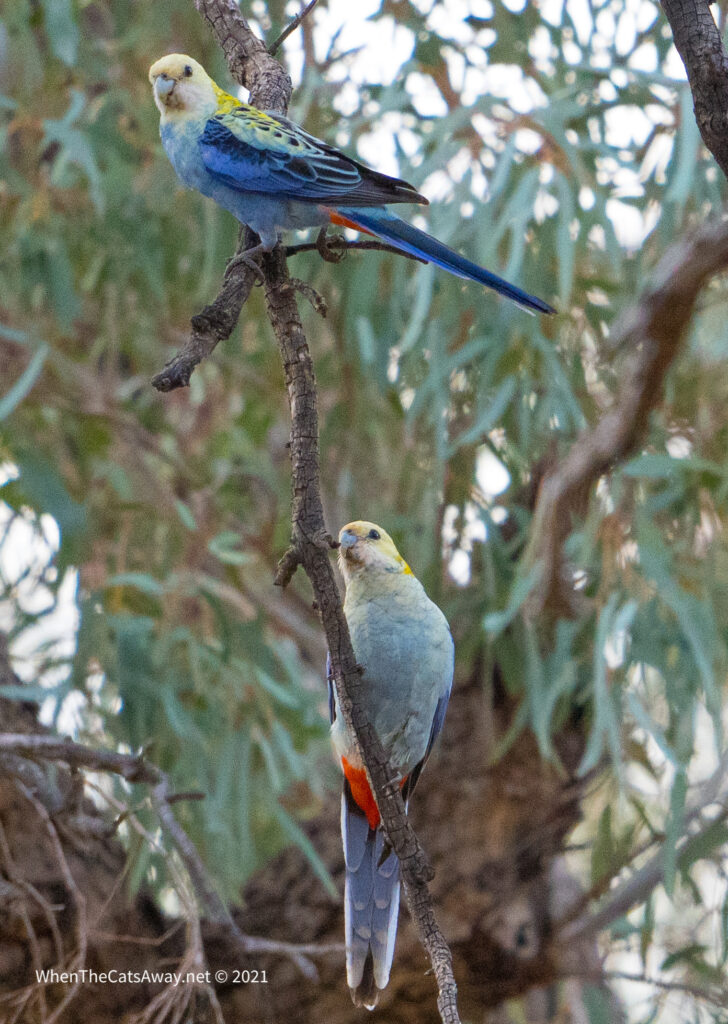
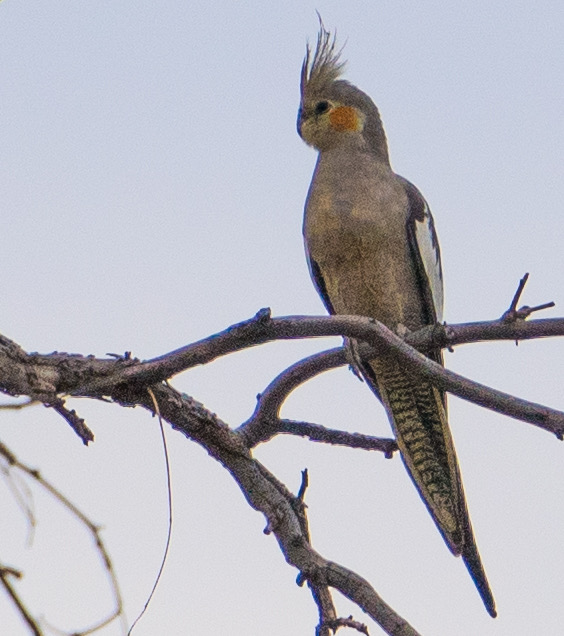
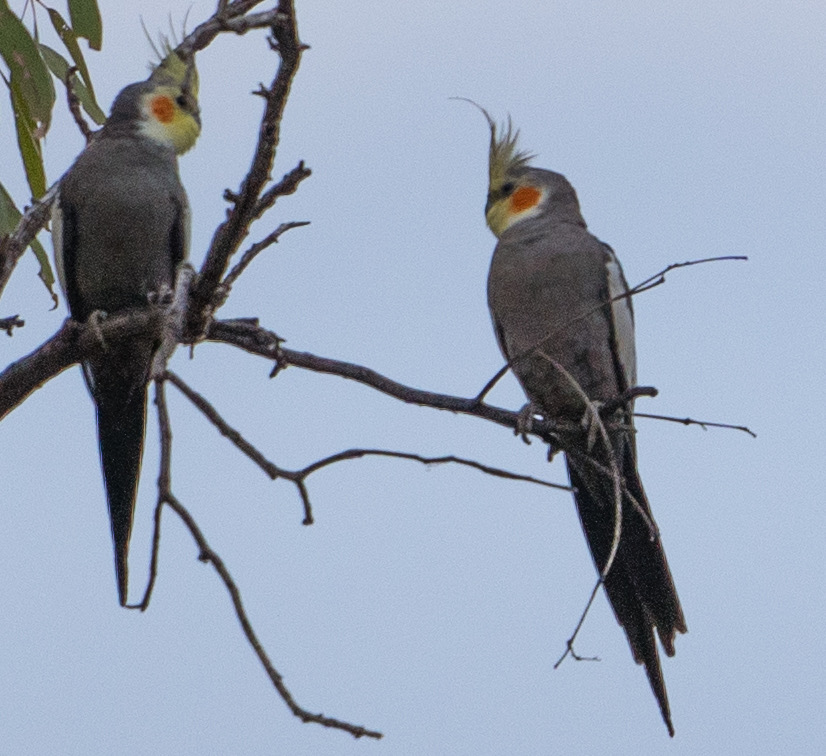
Another outing near the Charleville Cemetary had us observing Apostlebirds, White-browed Babblers, Whistling Kites, Galahs and more.
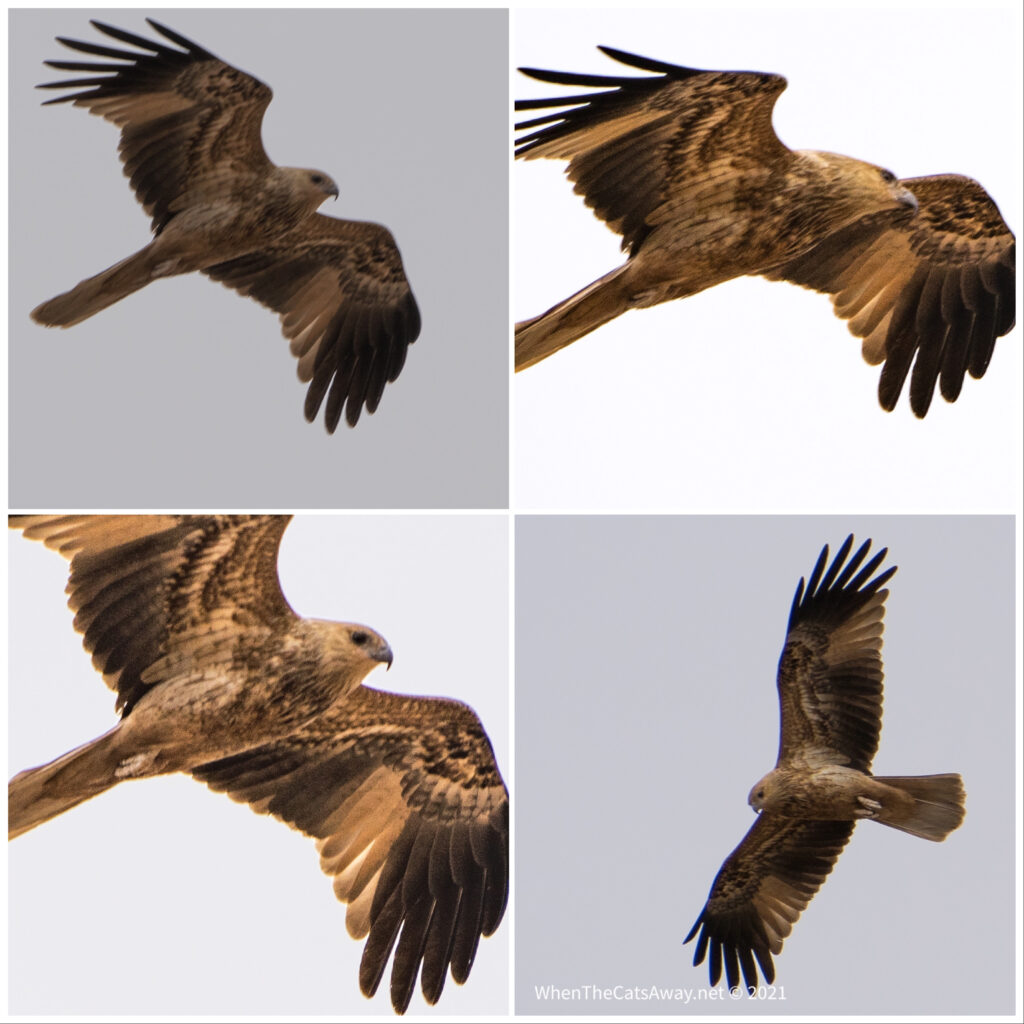
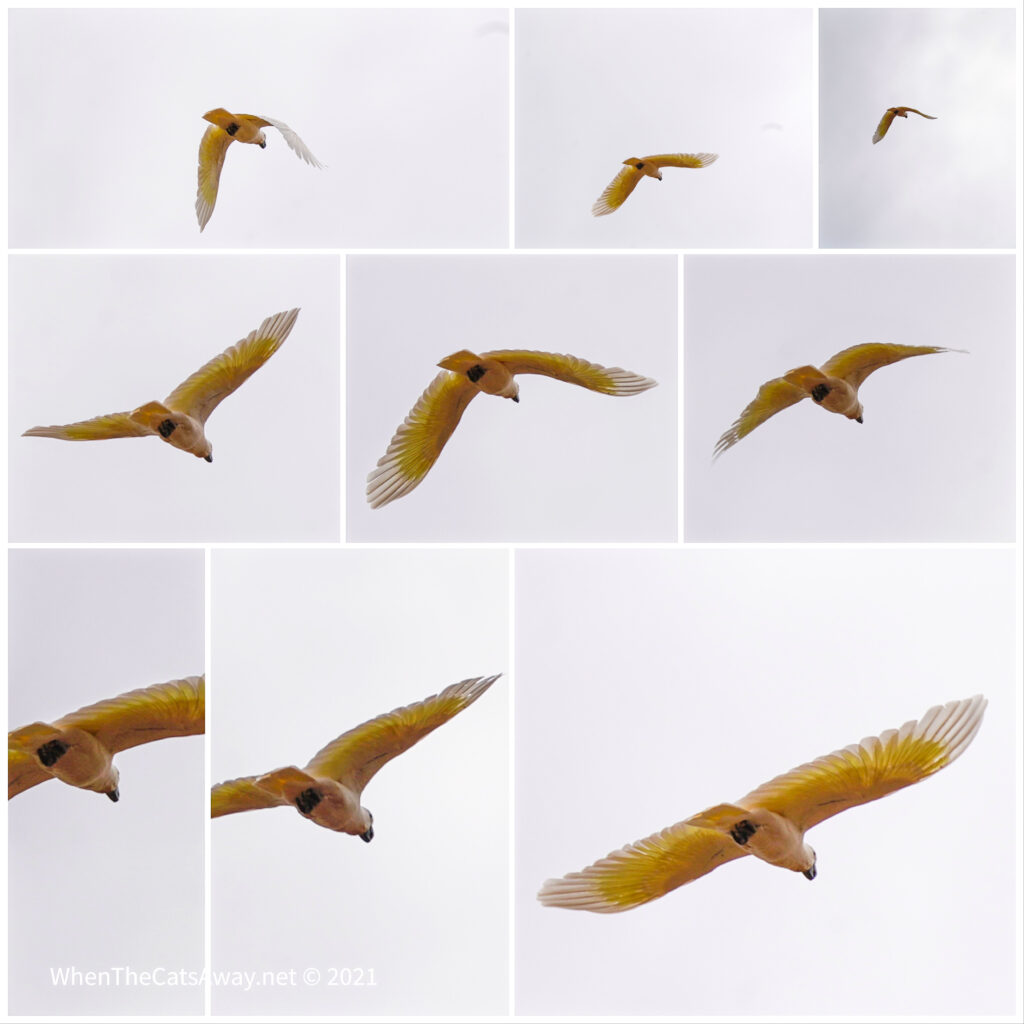
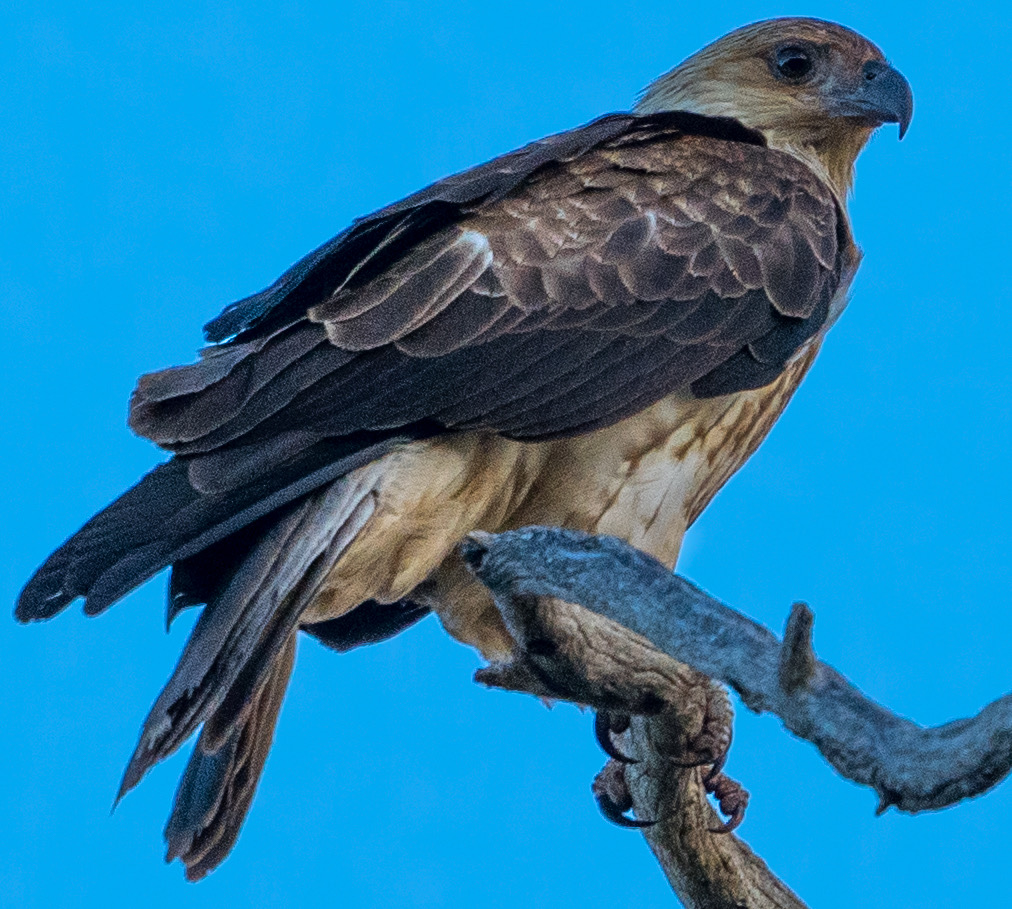
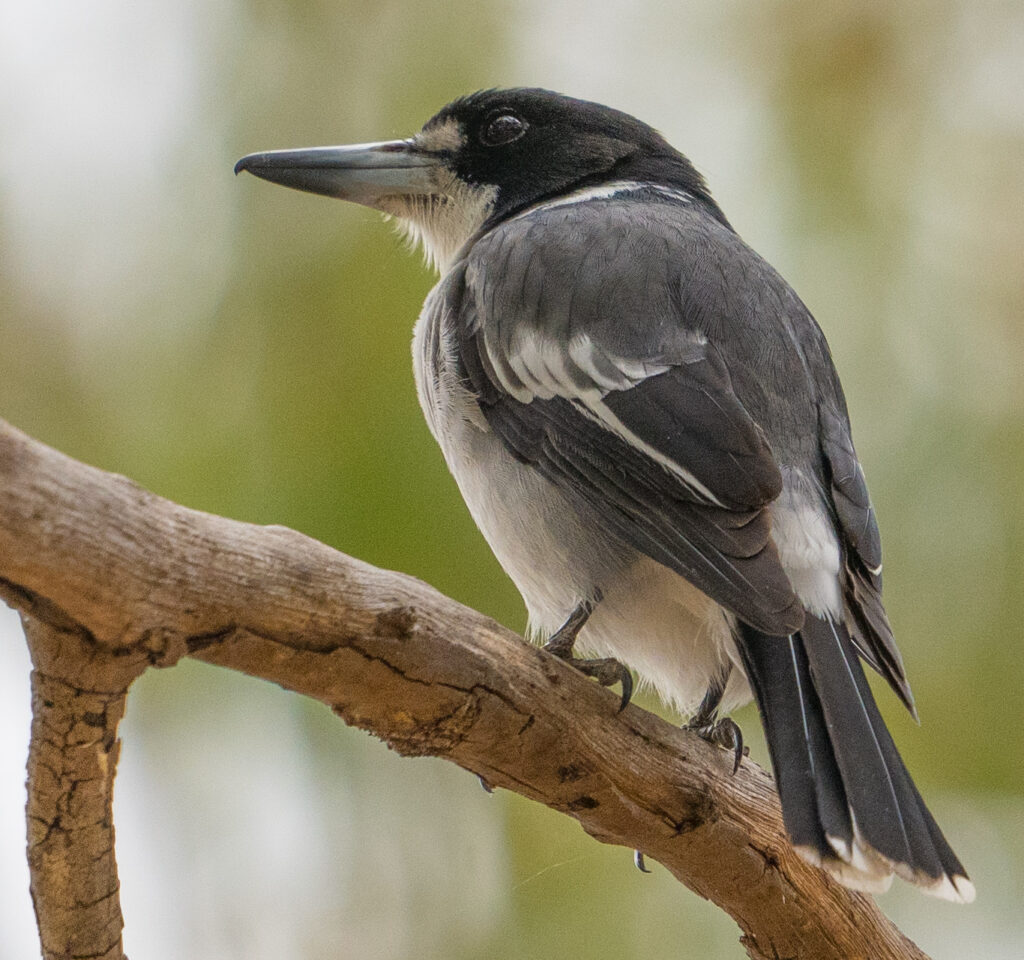
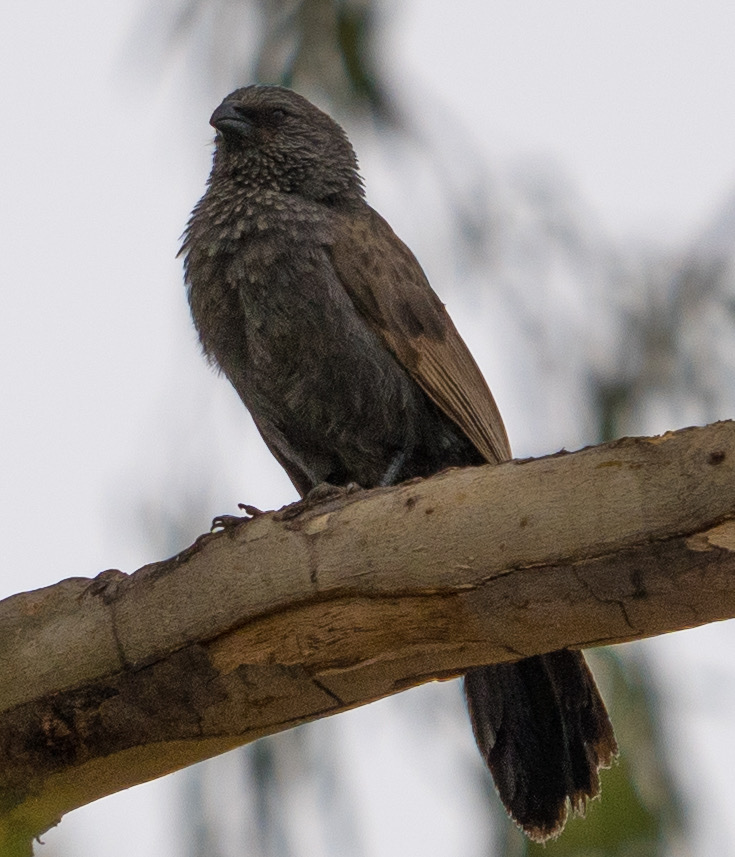
A novelty for us was the change in the weather. Just for one day we had rain! I know our friends and family in the UK will scorn us, but we do appreciate the brief change. With the low humidity and dry air comes dry skin and high levels of static. I am a little tired of getting electric shocks every time I turn off a light or get out of the car! The increased humidity definitely helped reduce that for a short while.
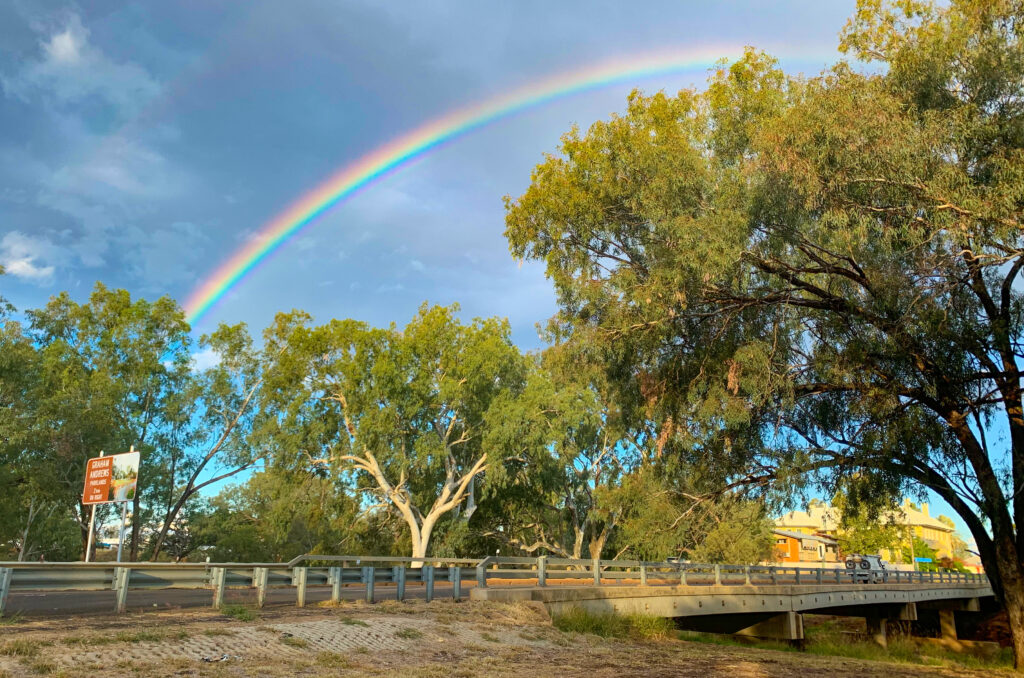
Other than the river, there is little surface water around, so the lakes at the Charleville Water-treatment Works attract a lot of birds. On the advice of a lady at the Information Centre we popped over for a look. We found five or so large patches of water surrounded by reeds and full of water birds.
The birds were quite skittery, clearly not used to seeing people. A large flock of zebra-patterned ducks took flight as we arrived. We later learned these are Pink-eared ducks (if you get close enough, you can see they have pink ears just behind their eye), and live only in Australia. Ibis (commonly seen with their long beaks in city rubbish bins!) were here too, as well as Pied Stilts, Spoonbills, Pacific Black and Grey Teal ducks. We had a good look around before leaving them back in peace.
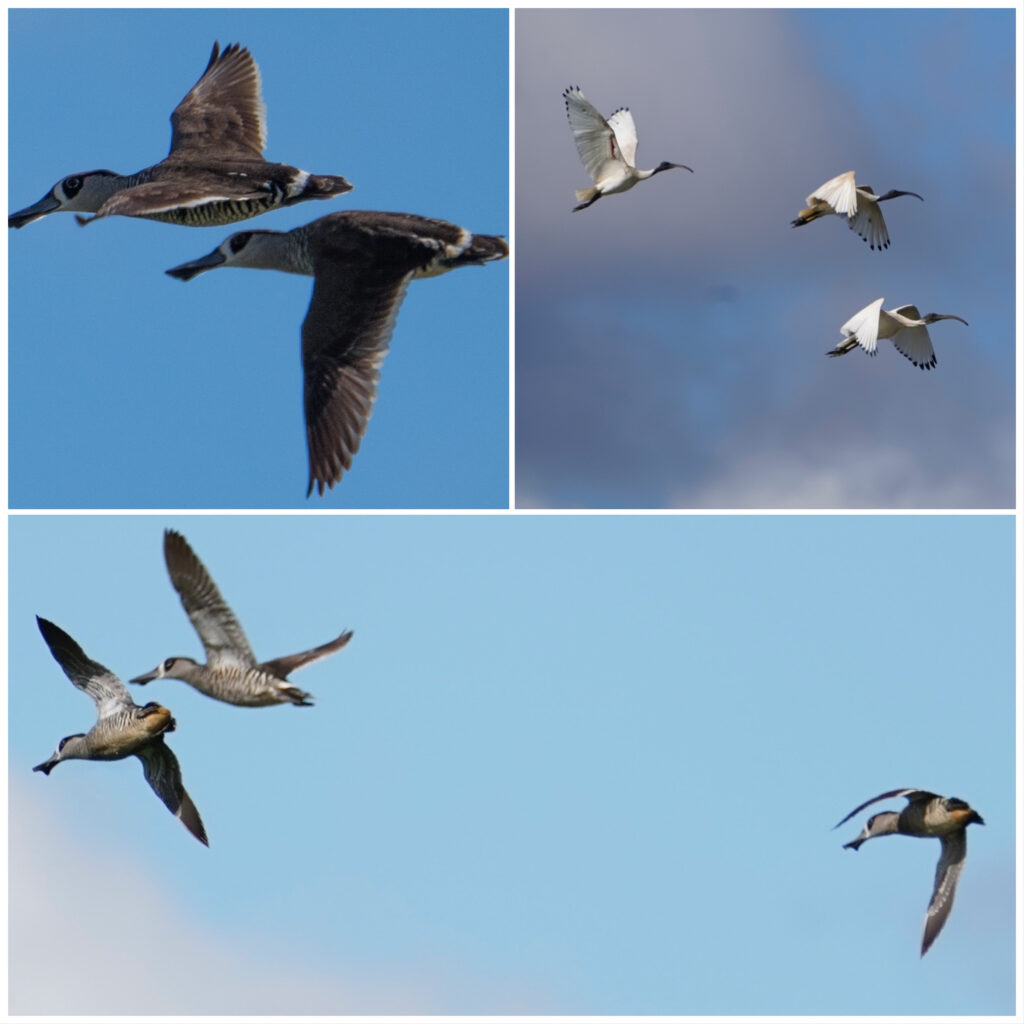
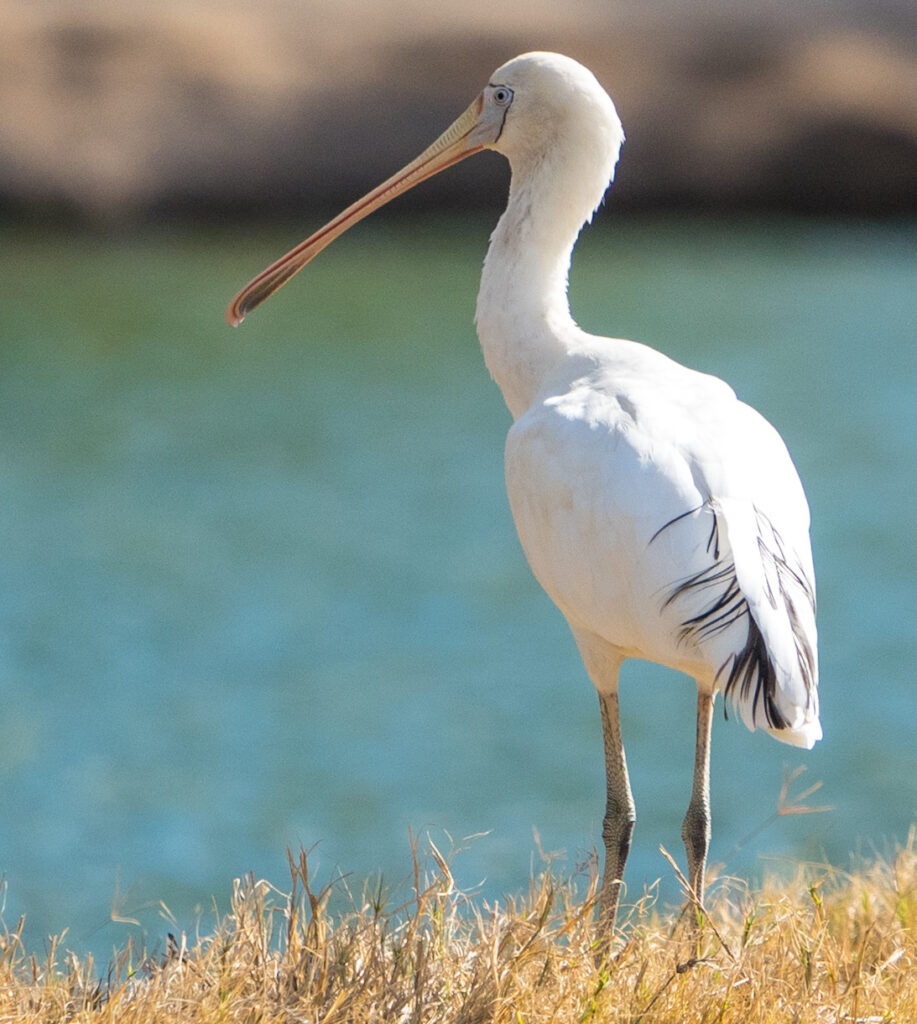
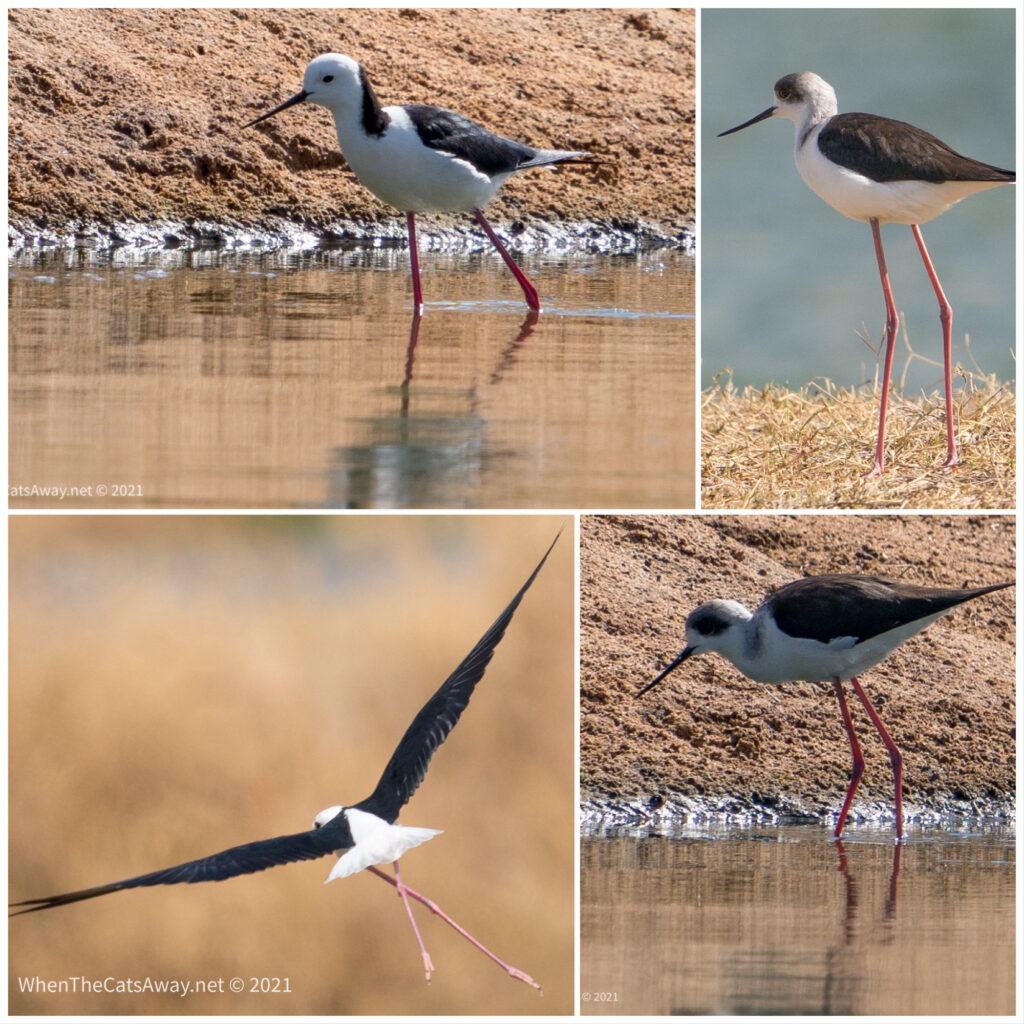
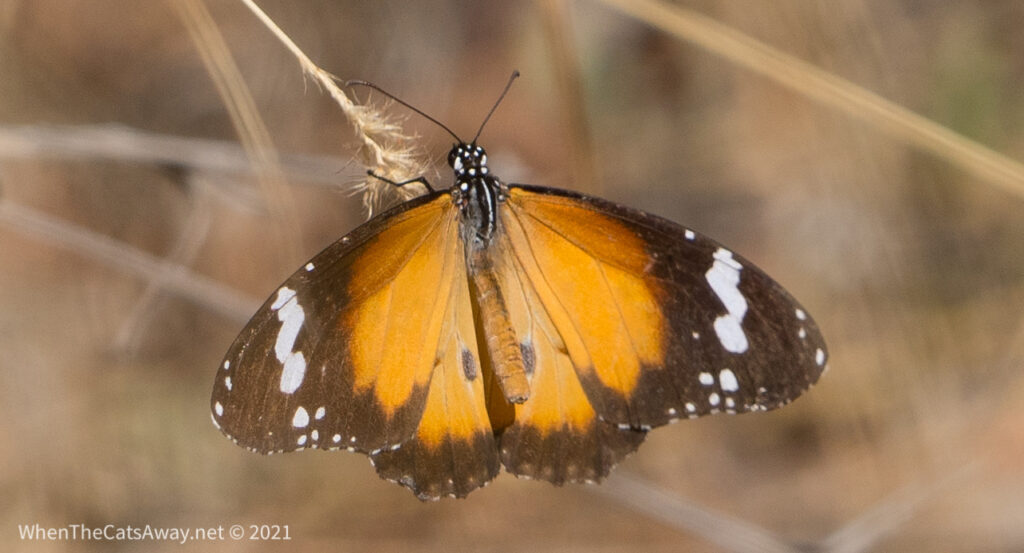
Meanwhile, a couple of walks down to the quieter end of the river near where we are staying yielded some new and old birds for us. Just walking in the forest, listening to the wind and the chatter of our multitude of feathered friends is so peaceful. We ended up walking 10km without realising!
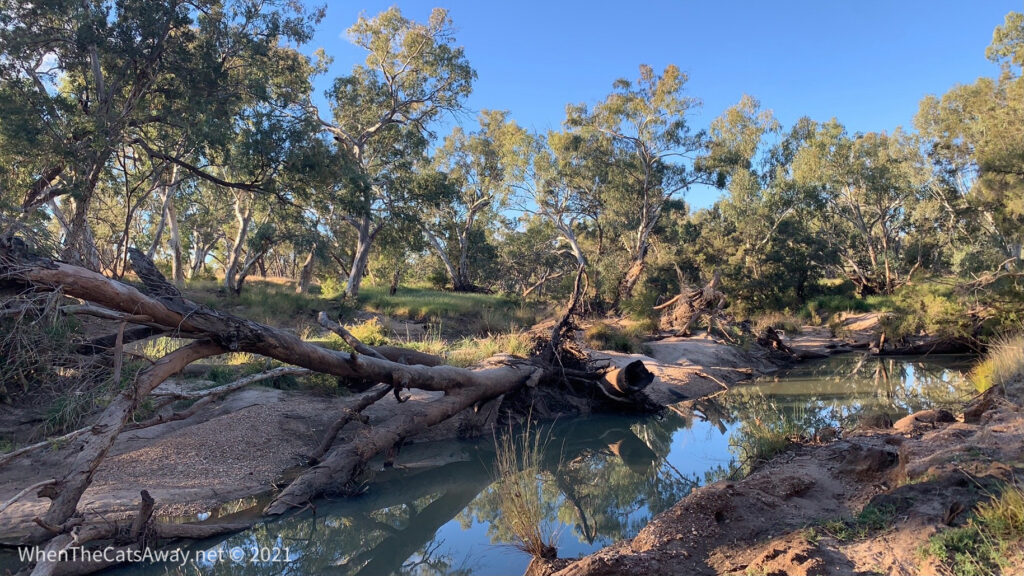
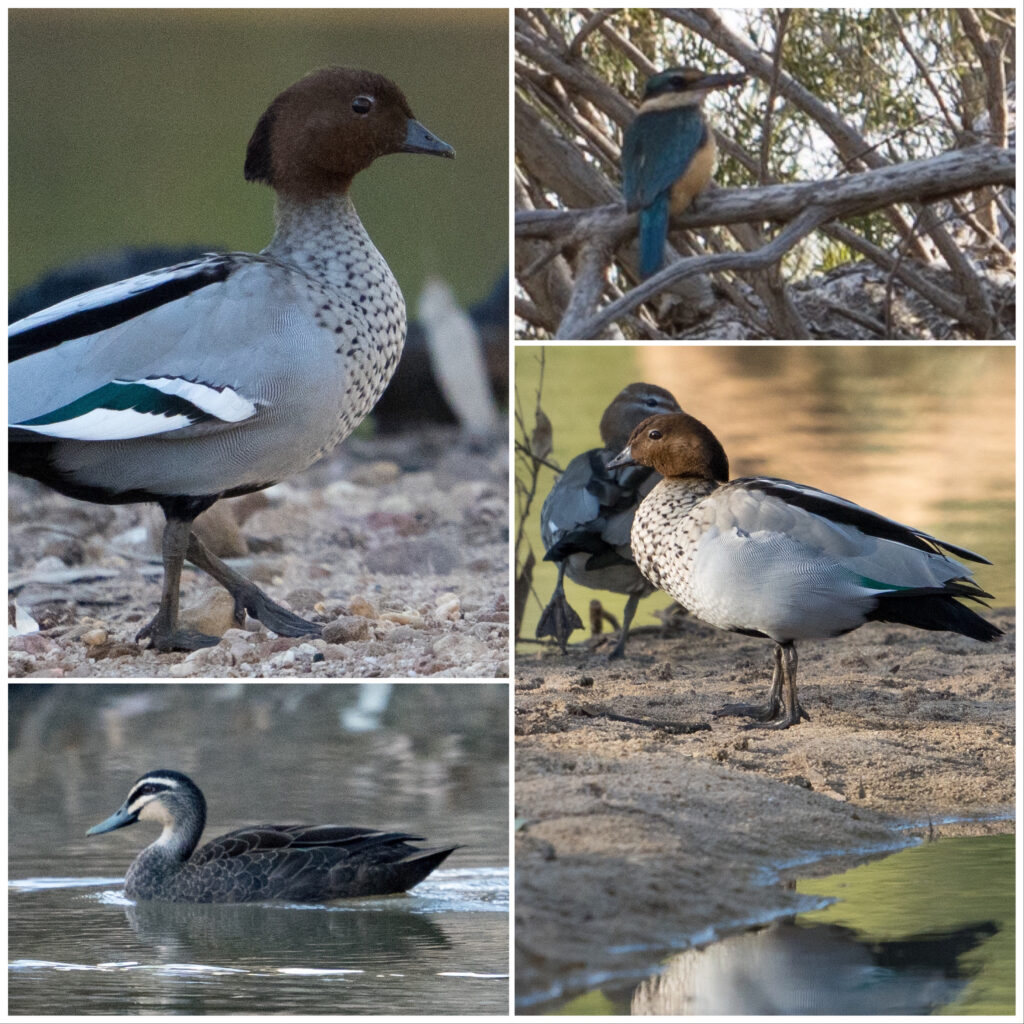
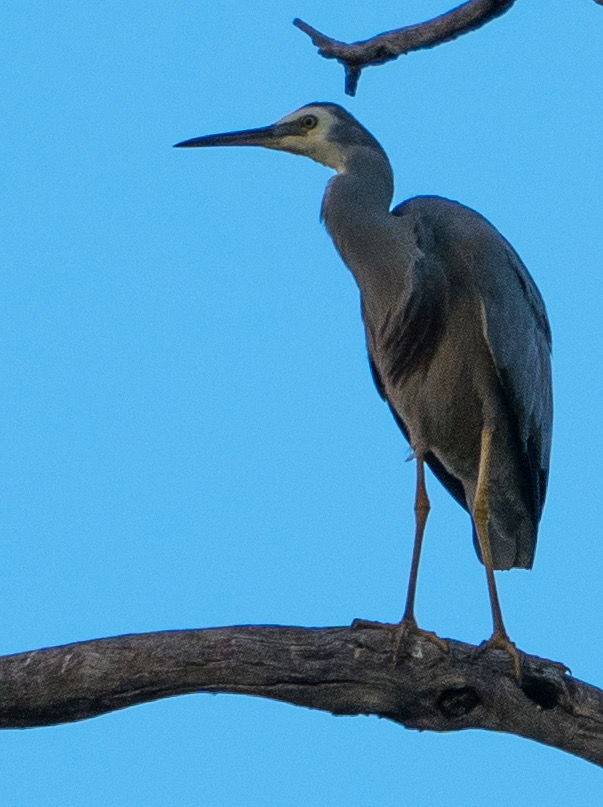
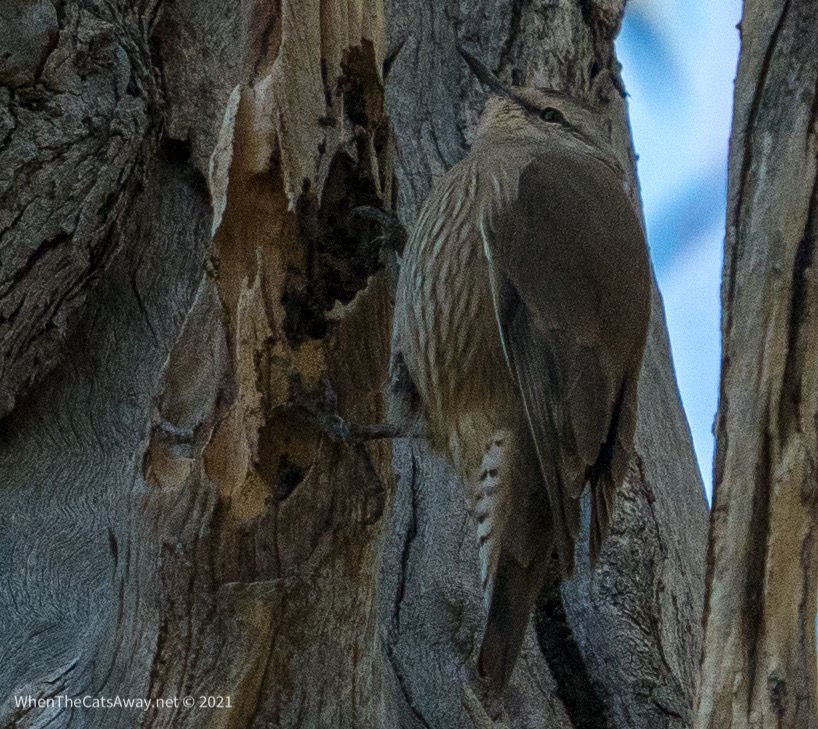
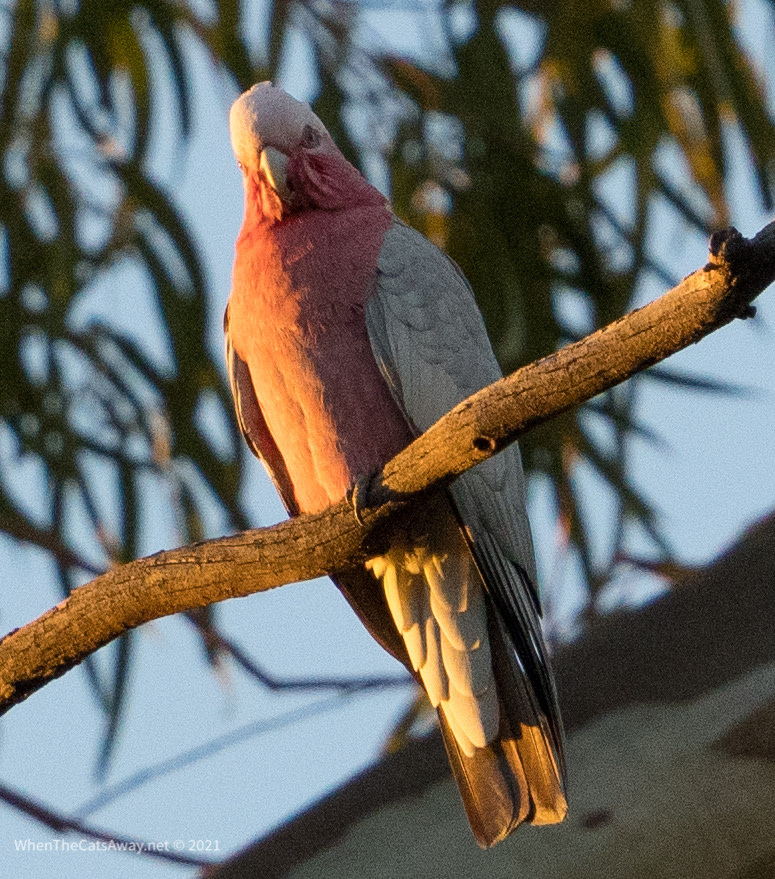
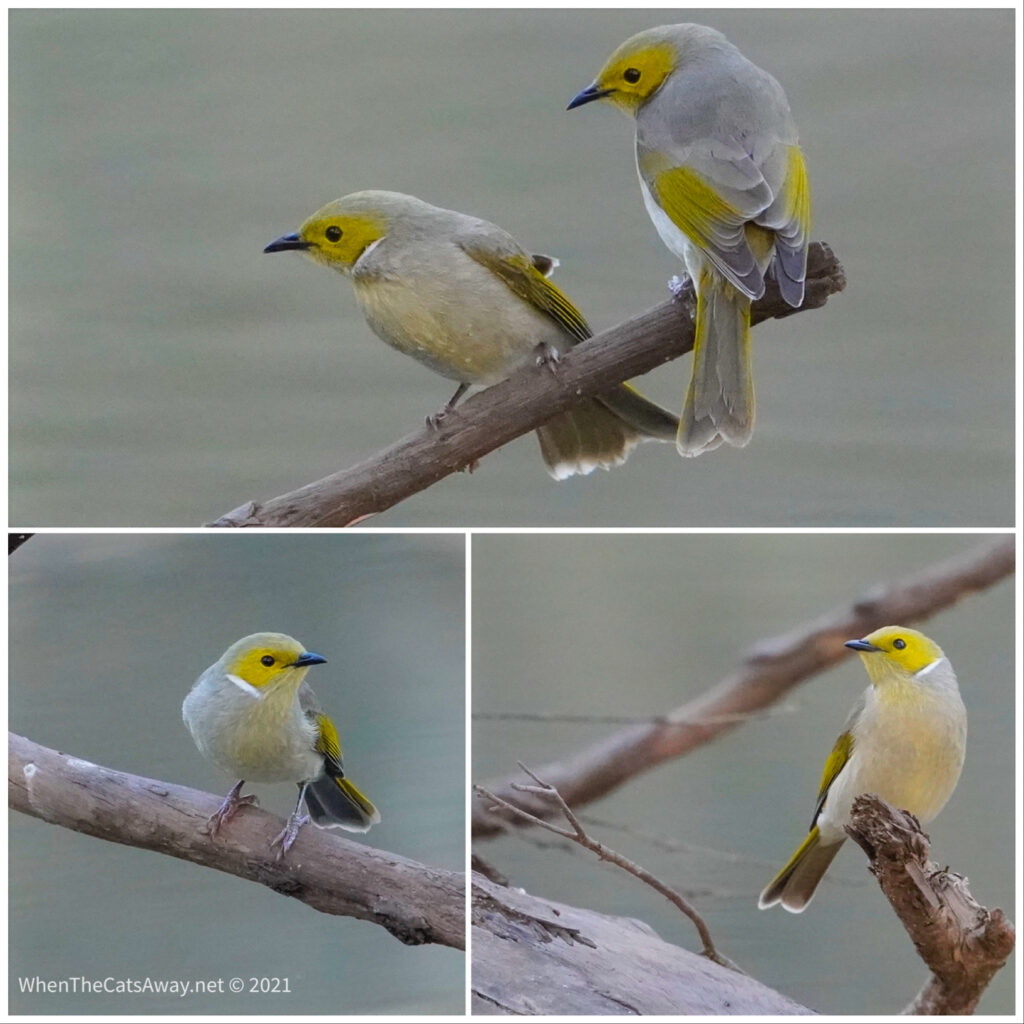
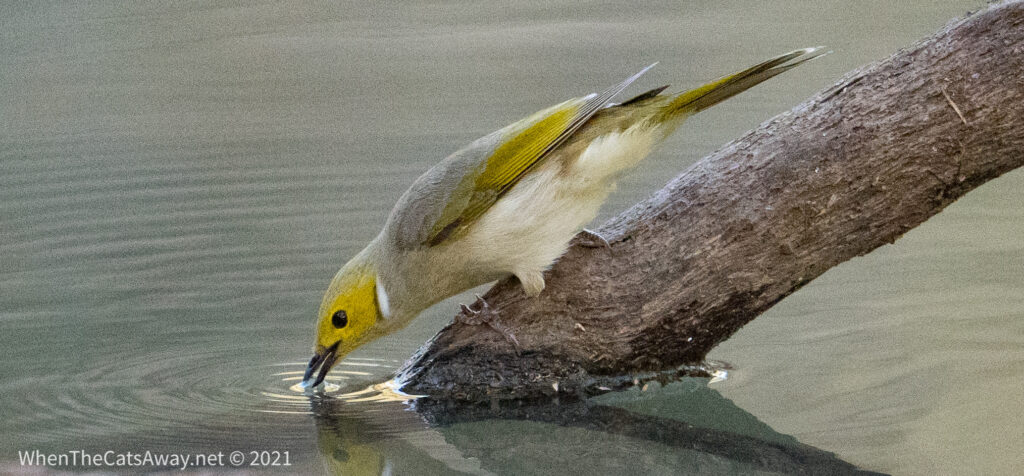
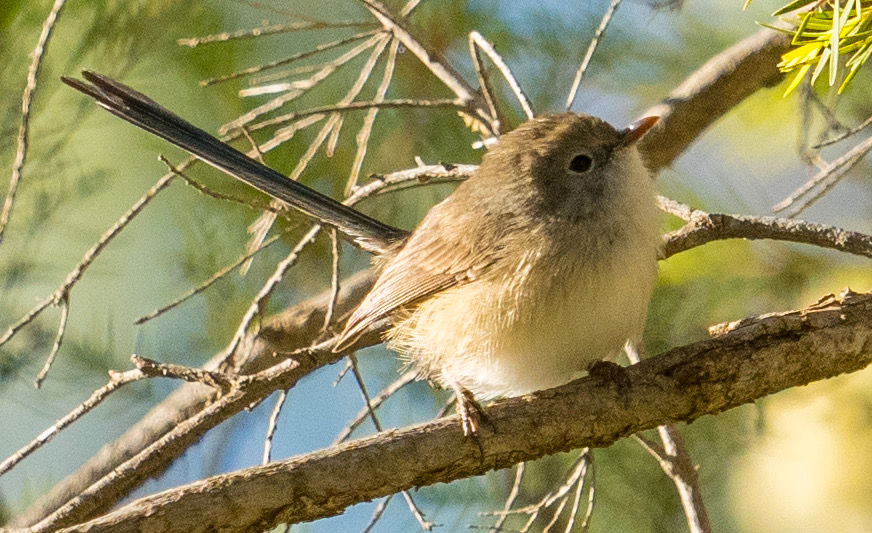
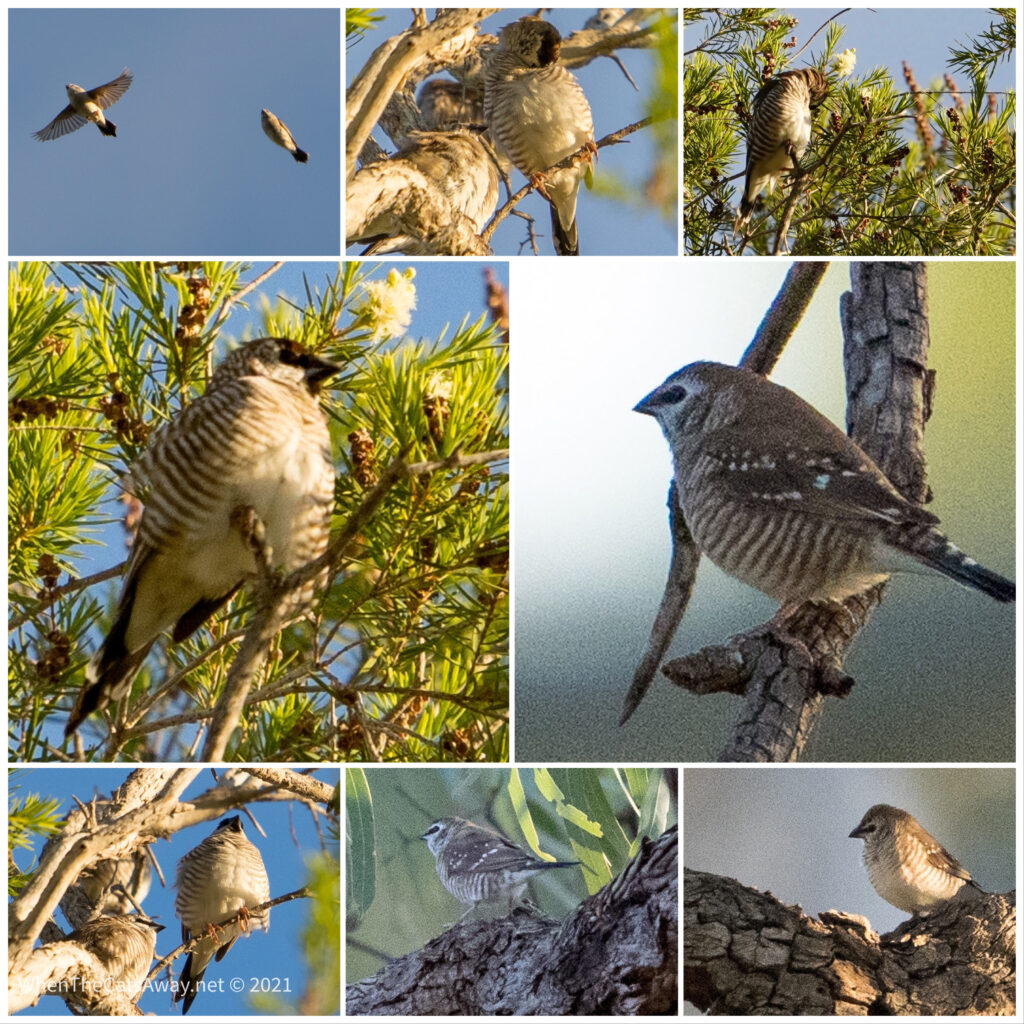
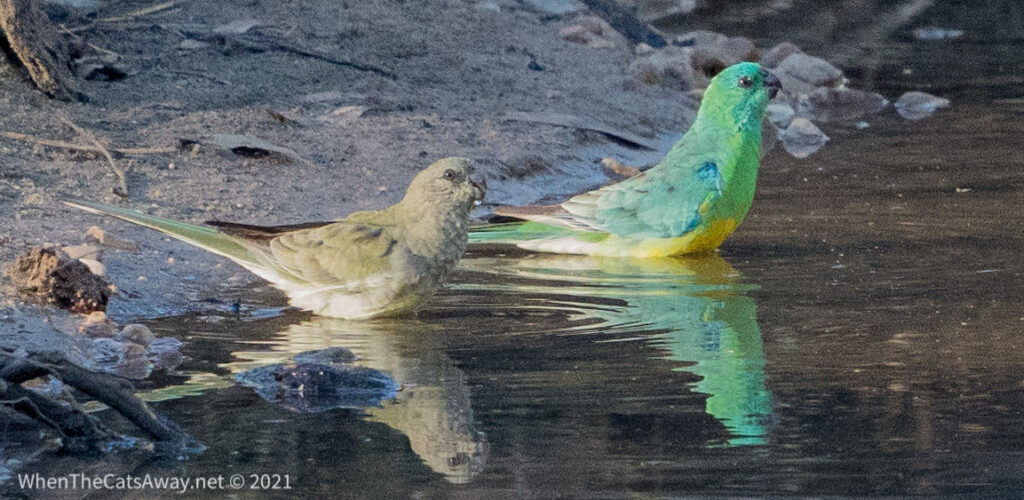
After a pub dinner, we went out to Charleville’s Cosmos Centre. We had booked on an hour’s stargazing session with some powerful telescopes and a guide to explain some of the sights we were seeing. We wrapped up warm with our beanies and thick coats against the 10 degrees temperatures, but had a perfectly clear, starlit night with no moon. Ideal for seeing the Milky Way and constellations. It was an interesting evening and a different way to see the stars without sitting beside a warm fire…we were pleased to warm up once the show was over.
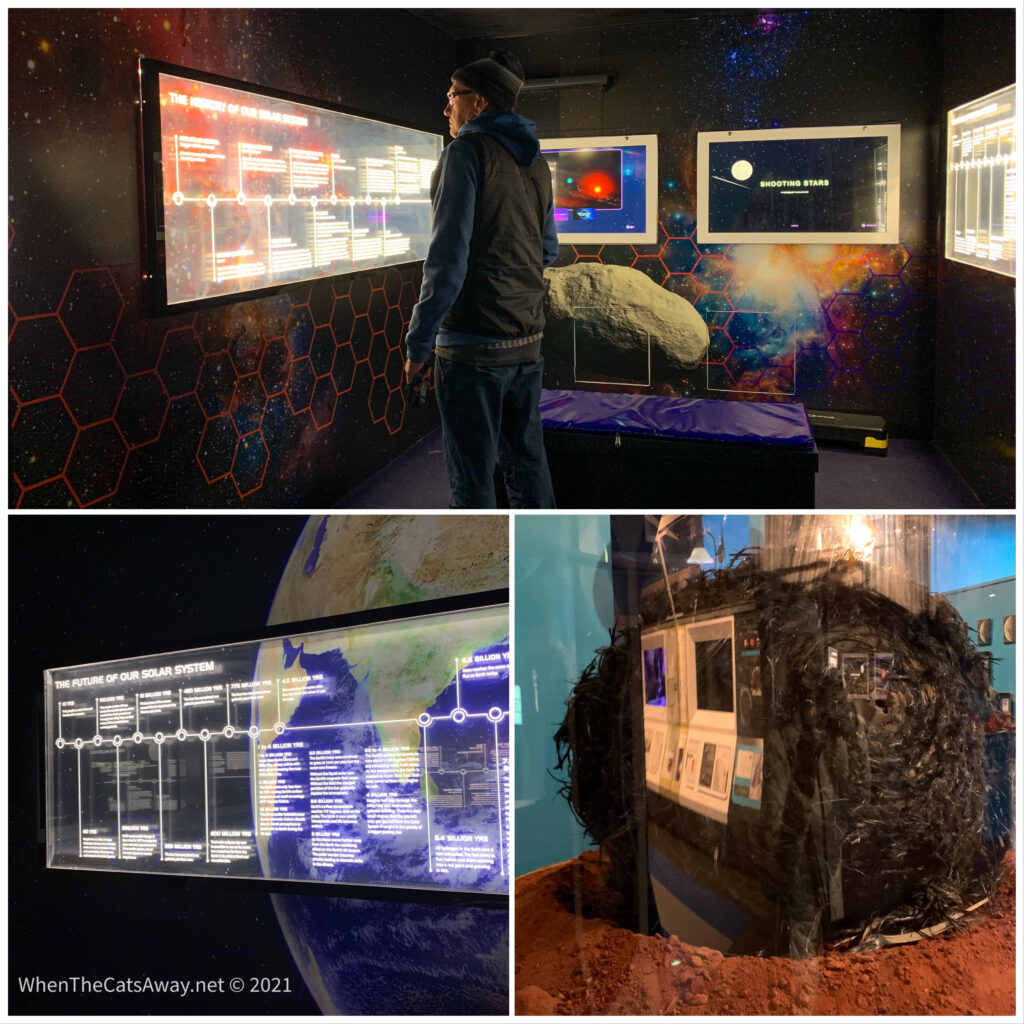
We had a lovely week, taking the time to do our cleaning and recover from the relative trauma of our disruptions on the Birdsville Track and in Birdsville. But now we are ready to farewell Charleville (or Barky-ville as we have renamed it, due to the multitude of noisy dogs here) and continue on our adventure heading east.
We would like to acknowledge and thank the Yarlayandi, Karnwali, Birria, Kuungkari and Bidjara People through whose traditional lands we travelled and spent time the past few days.
